A week ago, my family and I decided to visit the Pradhanmantri Sangrahalaya near Teen Murti Marg Area in Connaught Place. It was a beautiful day, and as we strolled through the streets, capturing pictures of the vibrant surroundings, we stumbled upon a magnificent peacock. Its vibrant feathers glistened under the sunlight, leaving us in awe of nature's beauty.
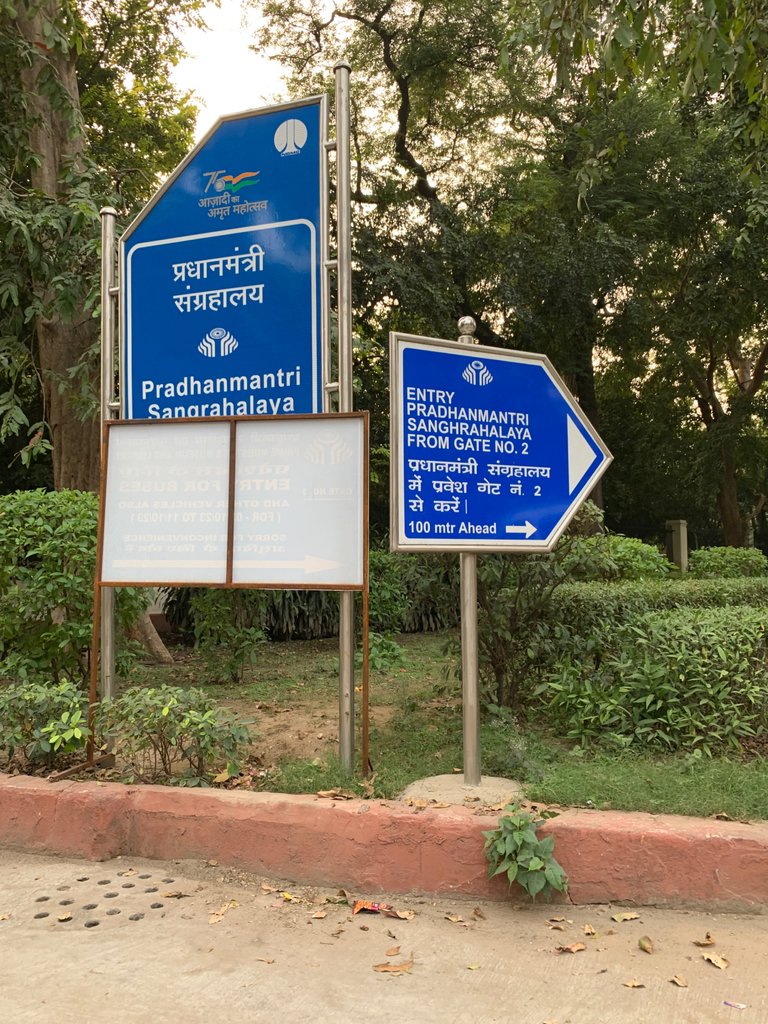
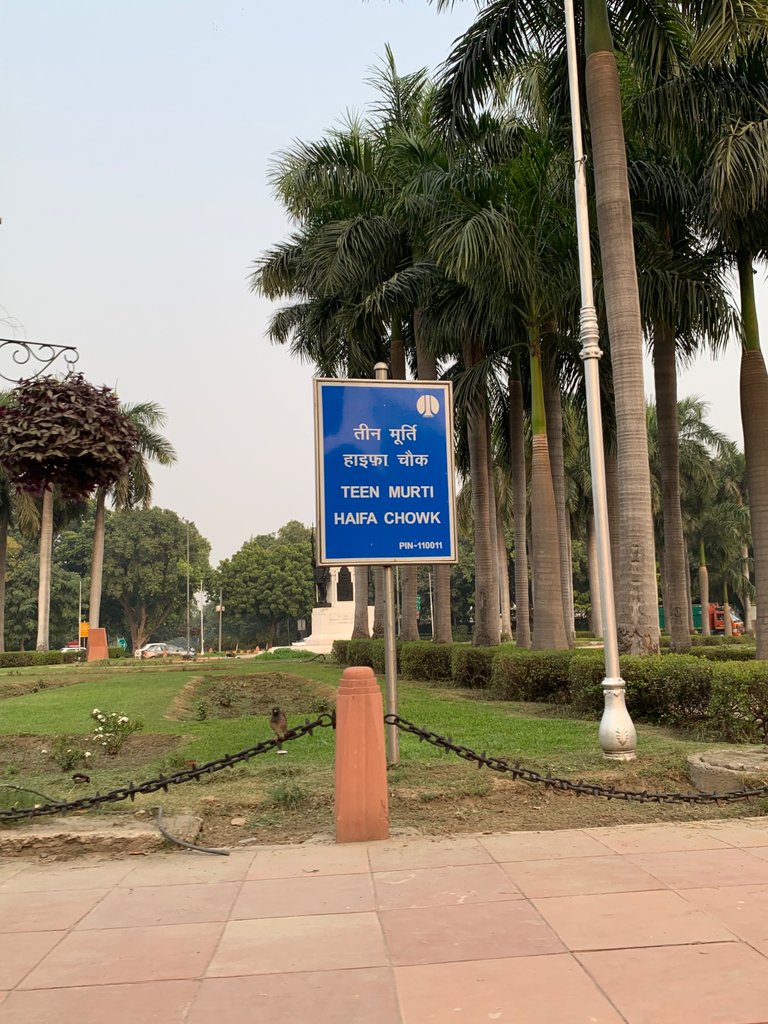
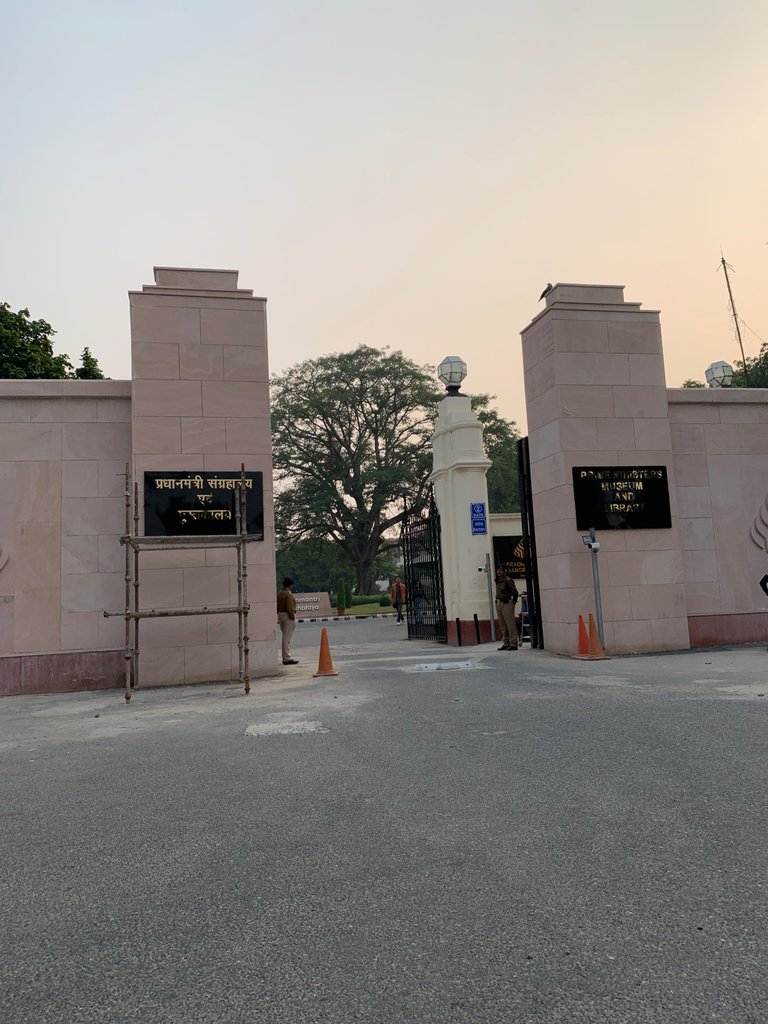
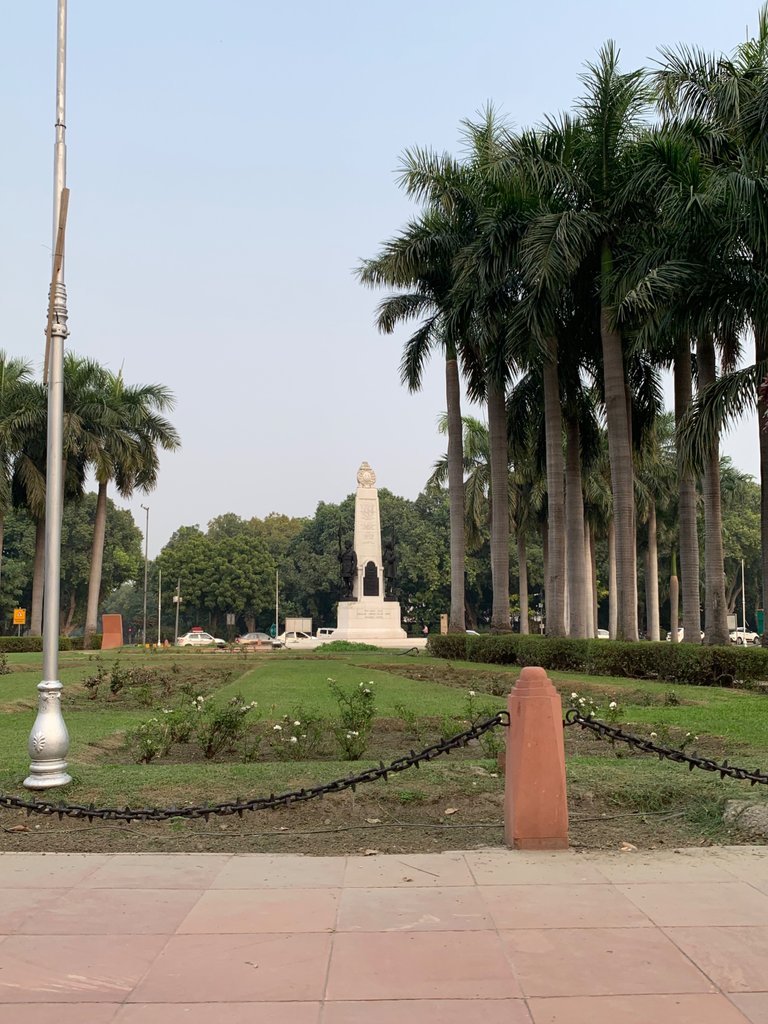
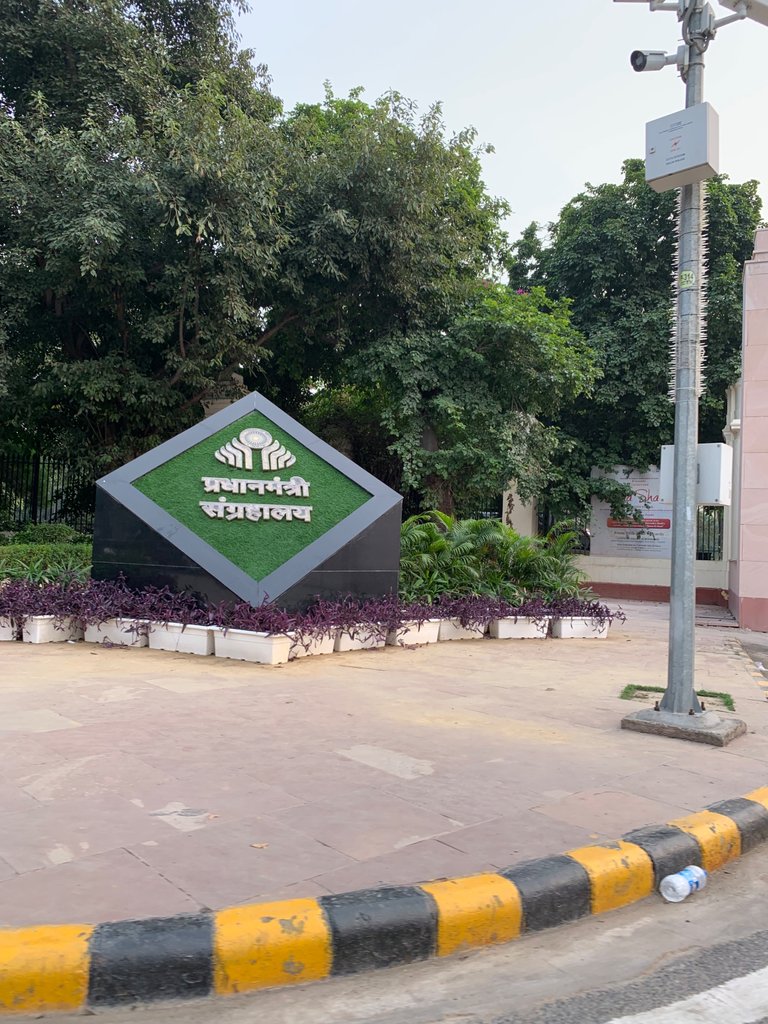
Excitedly, we entered the museum, eager to explore the exhibits. However, as we entered the audio guide room, we realized that we had forgotten to collect the headphones necessary to listen to the automatic video clips in the museum. Undeterred, we decided to make the most of our visit and explore the museum without the audio guide.
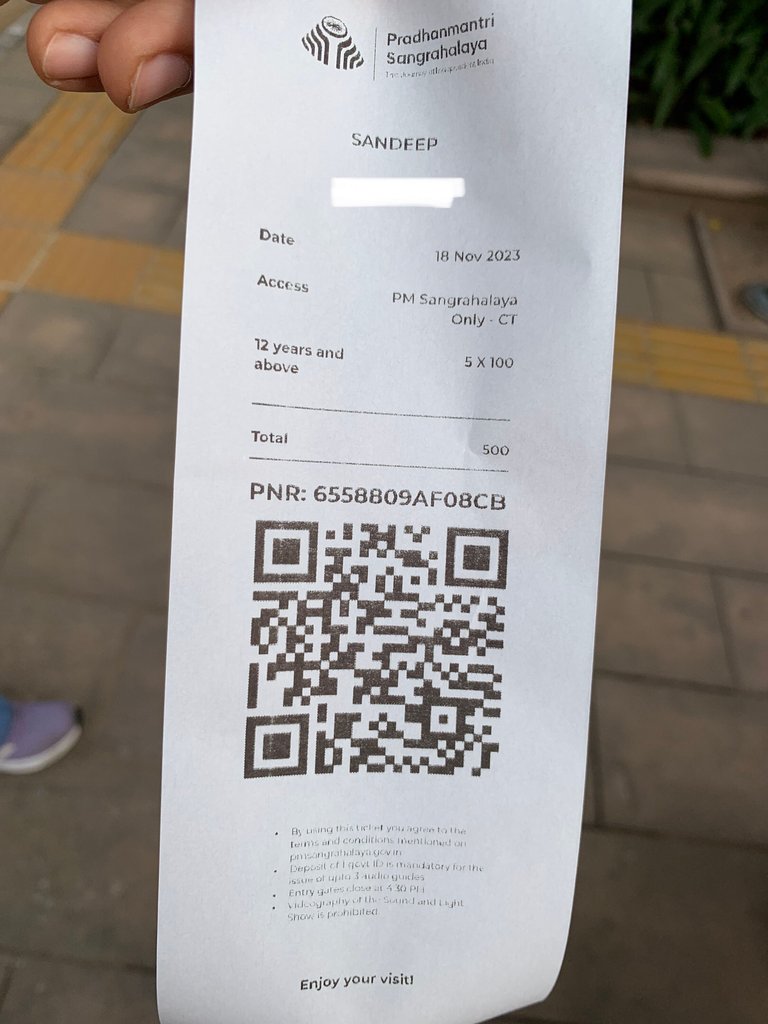

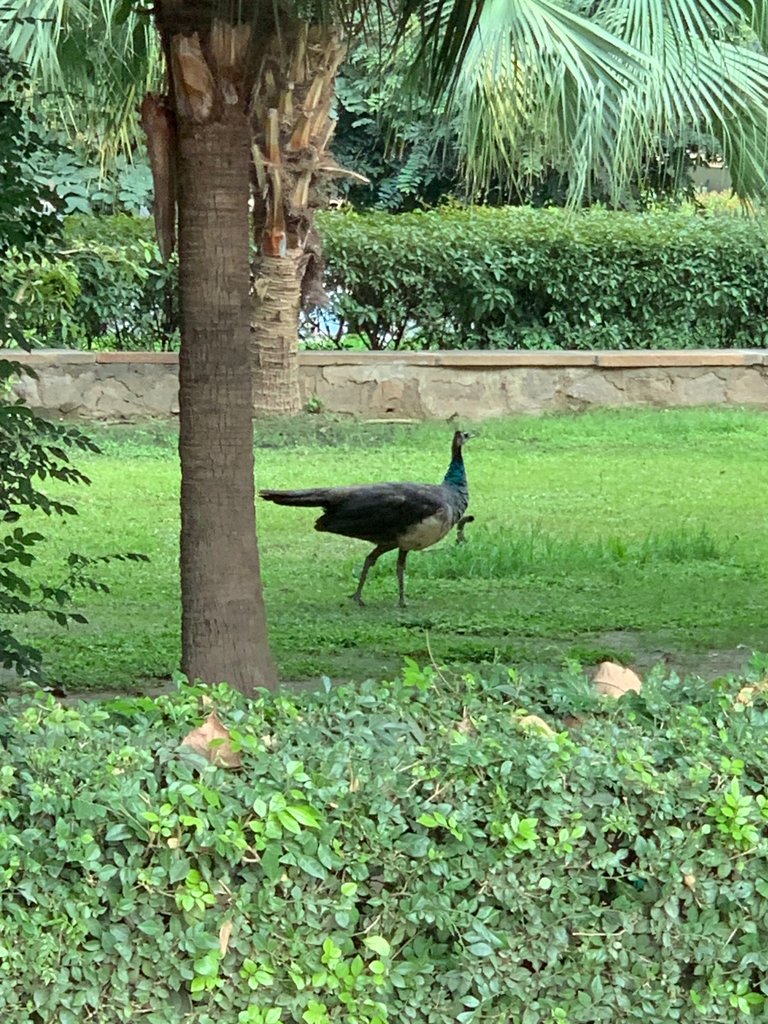
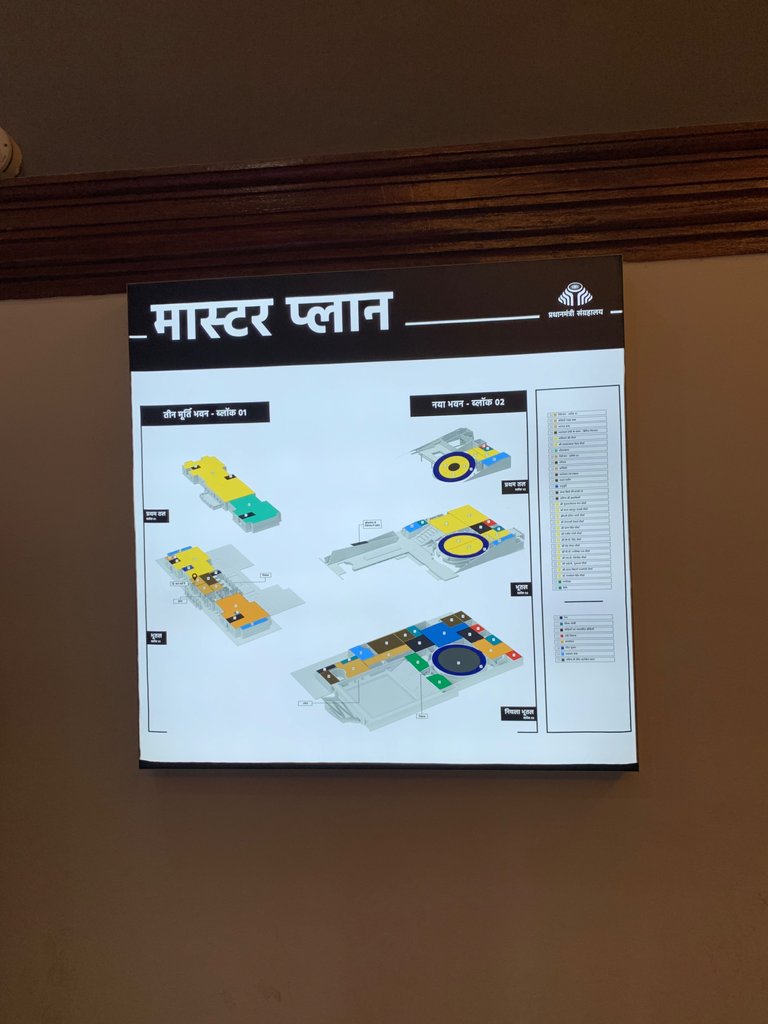
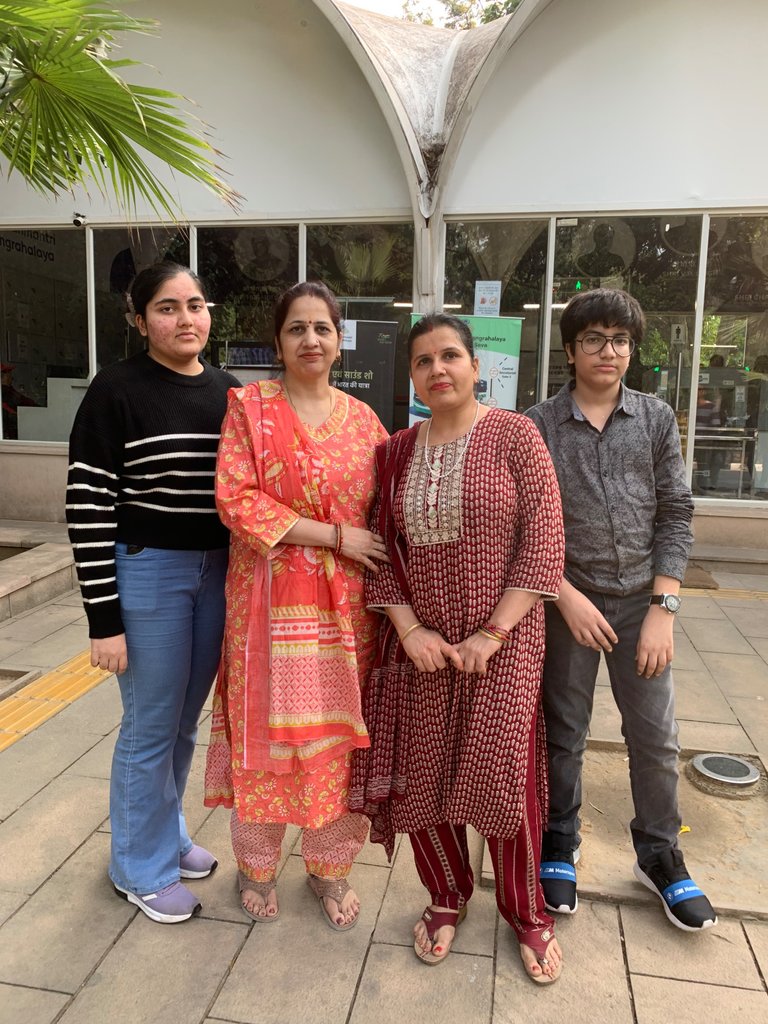
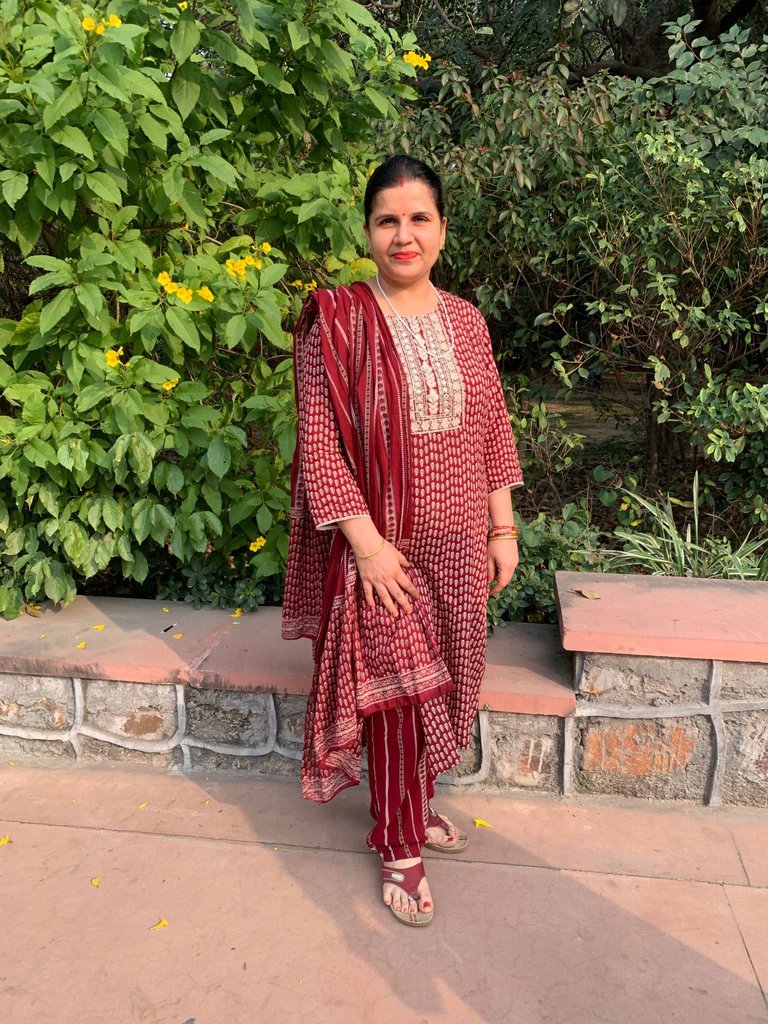
As we entered through the museum gate, we were greeted by the sight of the constitution and national emblem of India. It was a powerful symbol of our nation's strength and unity. Moving forward, we encountered displays showcasing the timeline of our prime ministers, from the past to the present. The roof was adorned with lights in the colors of the Indian national flag - orange, white, and green, creating a patriotic ambiance.
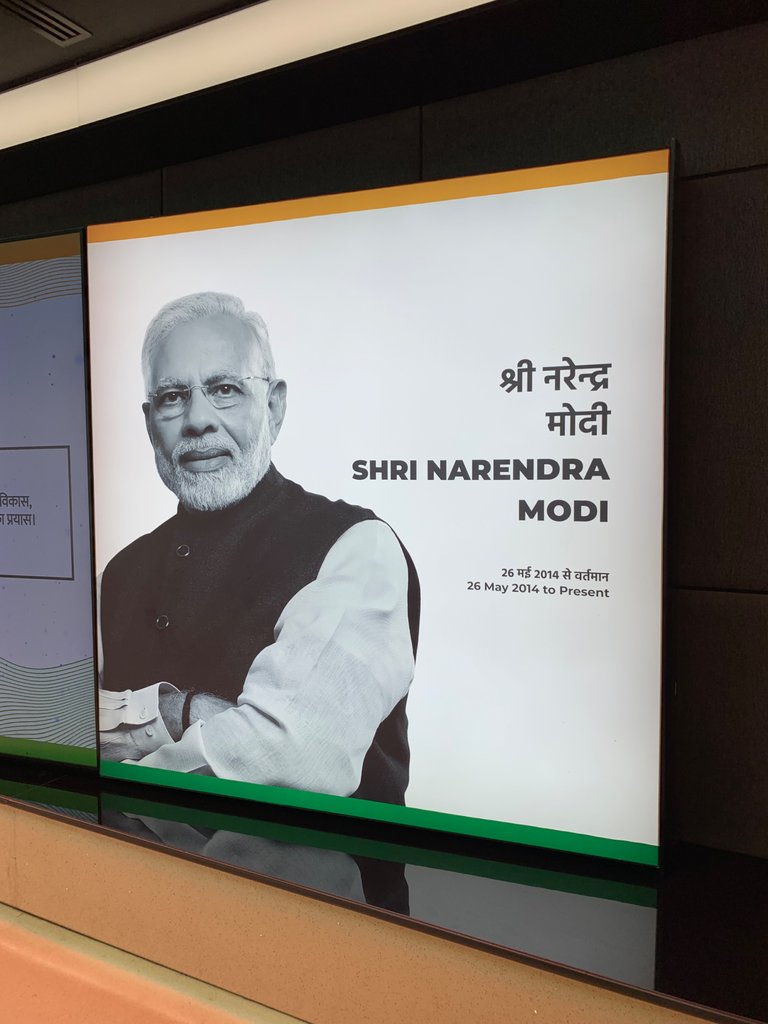
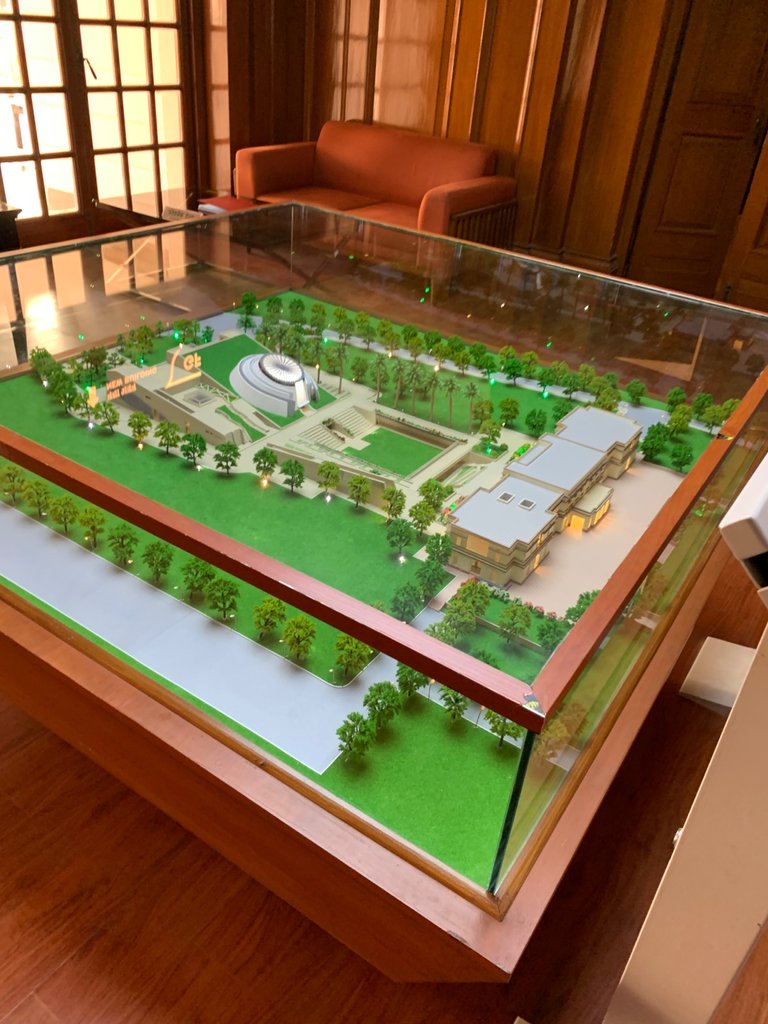
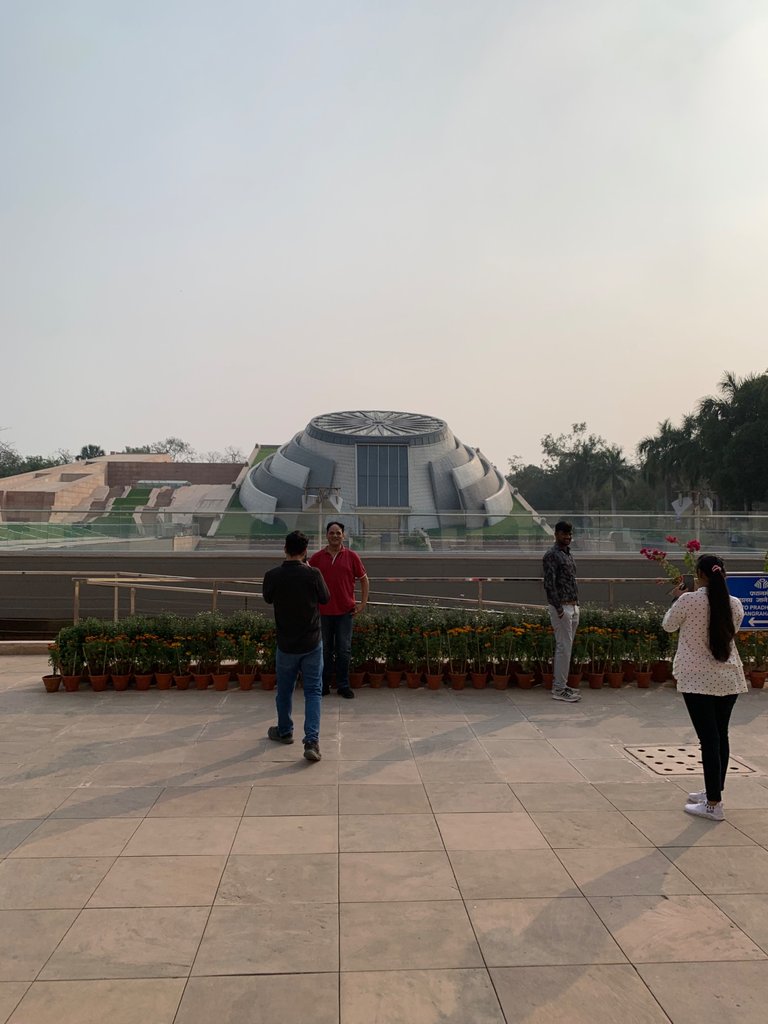
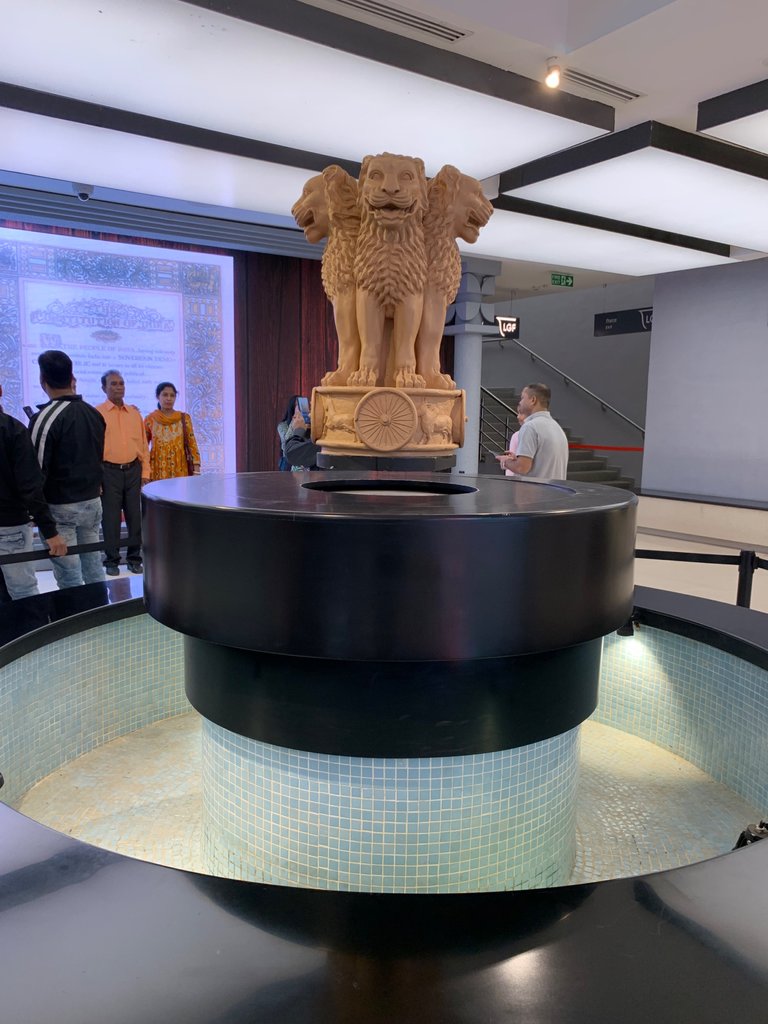
One particular exhibit caught our attention. It consisted of several black balls attached to strings, barely visible at first glance. However, when viewed from the center, it revealed the image of our former 2nd prime minister, Lal Bahadur Shastri. Shastri, who also served as our 6th home minister in the 20th century, played a significant role in shaping our nation's history.
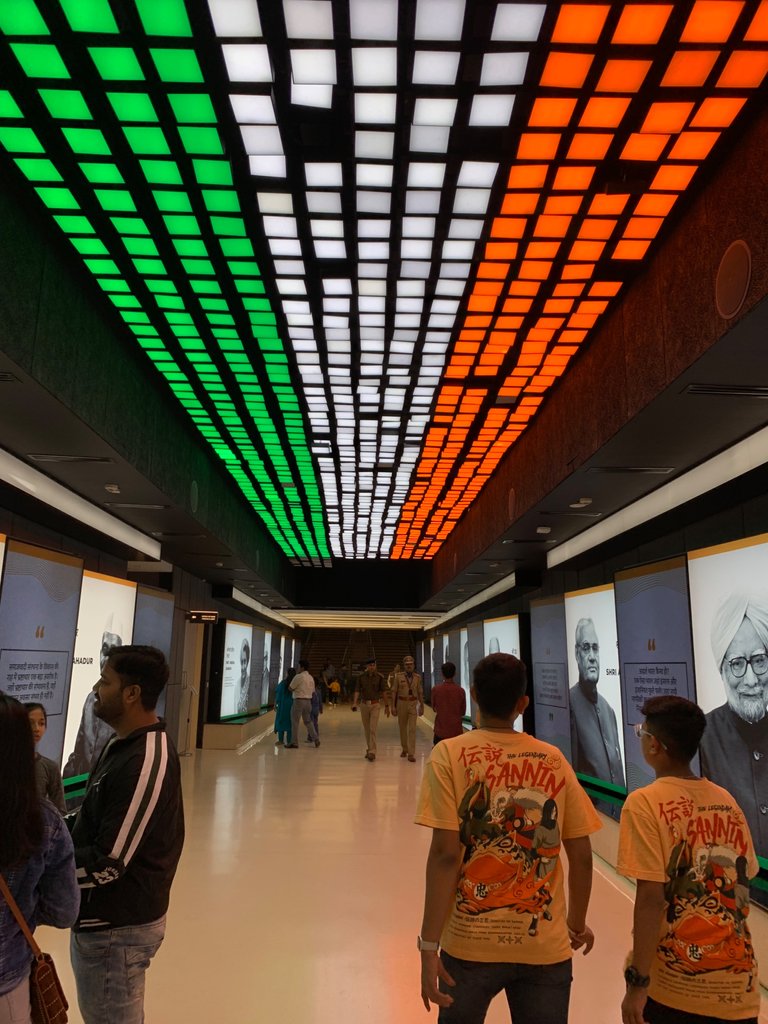
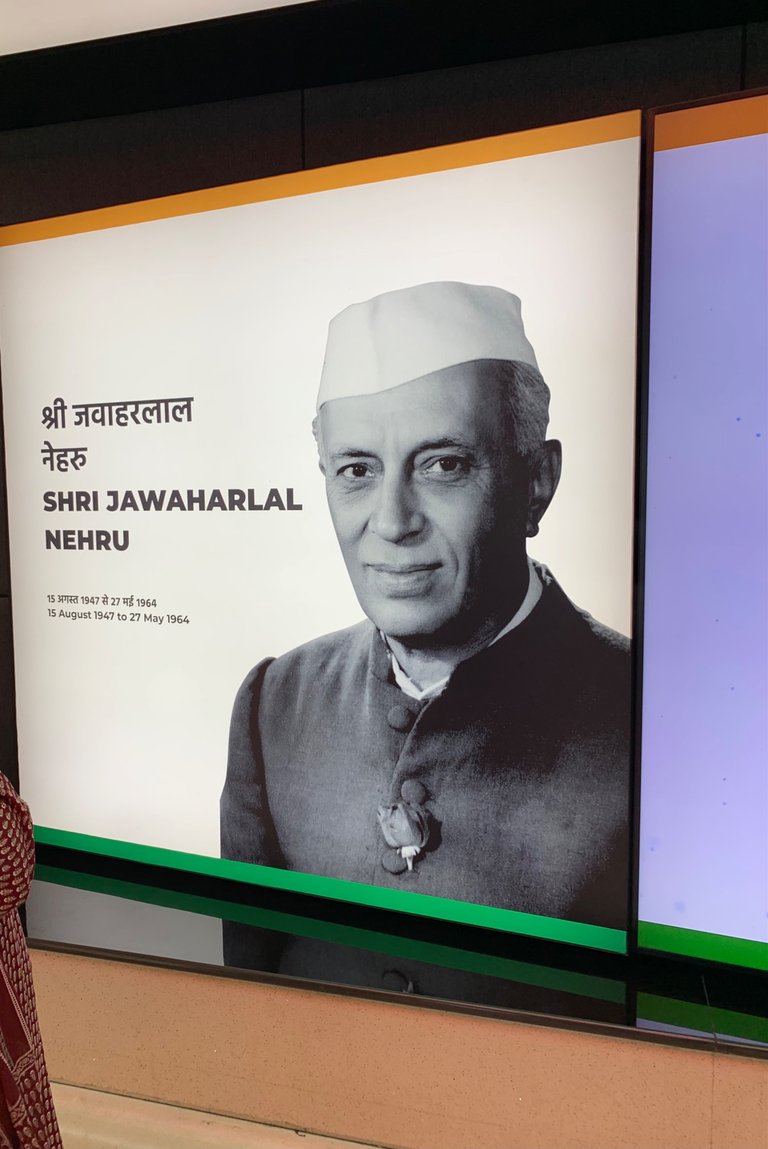
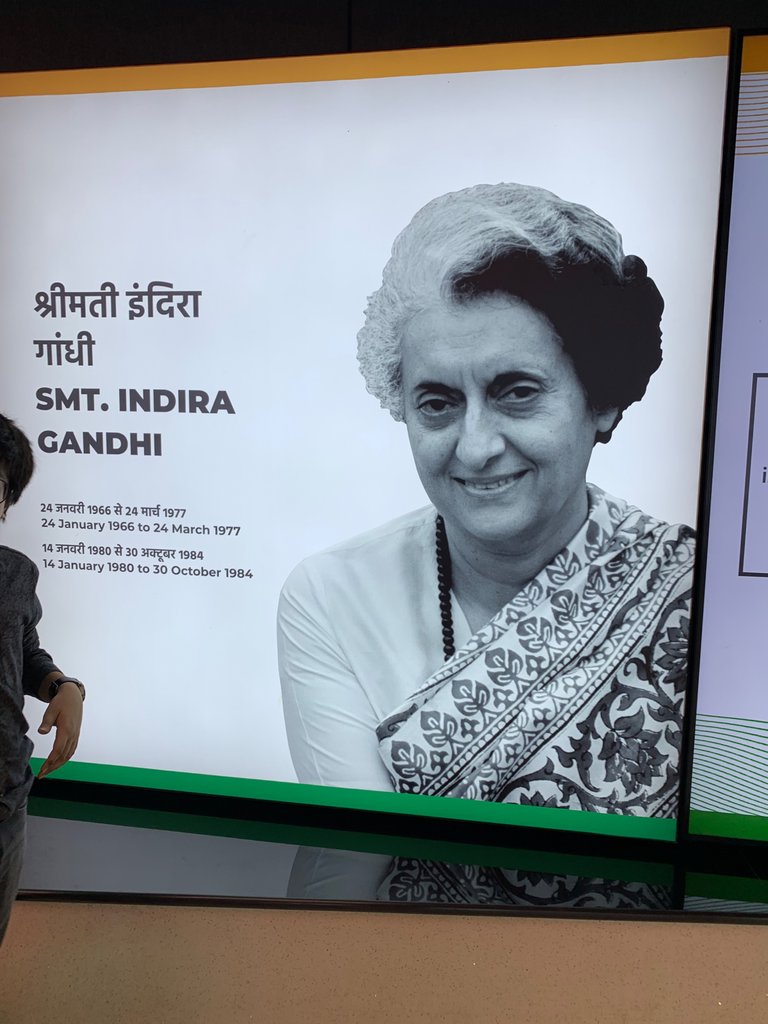
We delved deeper into the museum's exhibits and learned about the green revolution and the warehousing of agricultural produce. We saw the charkha gifted to Lal Bahadur Shastri during his wedding with Smt. Lalita Devi Shastri. It was a reminder of his commitment to empowering farmers and promoting self-sufficiency. We also witnessed the Jai Javan Jai Kisan movement, which he encouraged, and the vase he received from Tashkent.
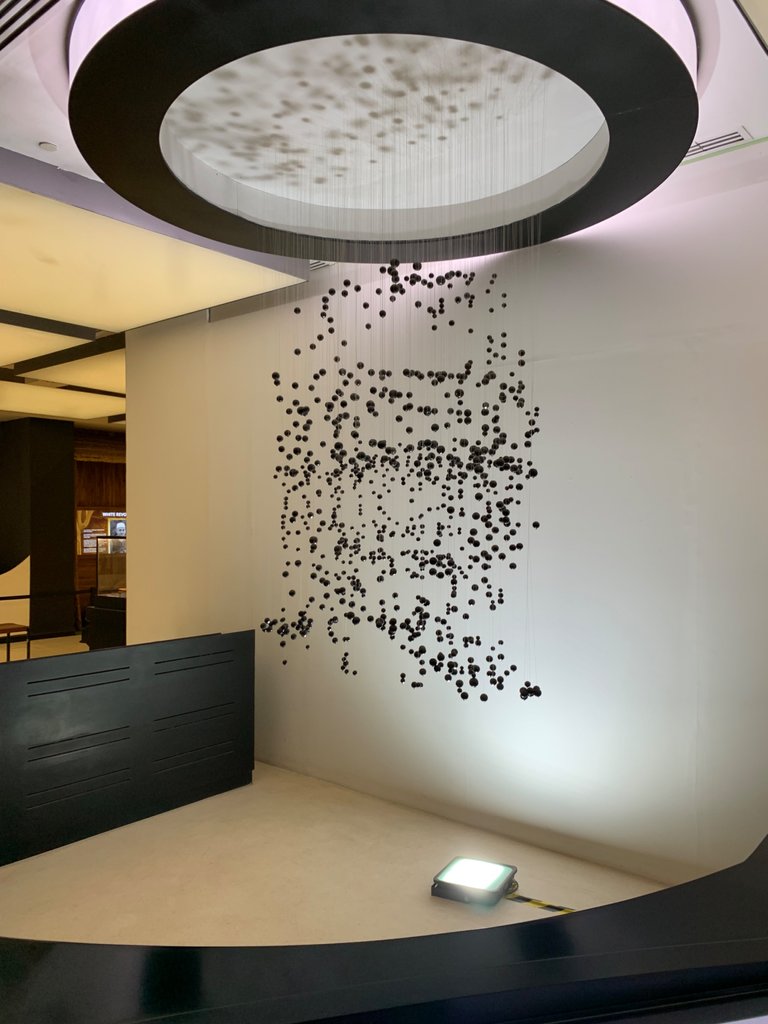
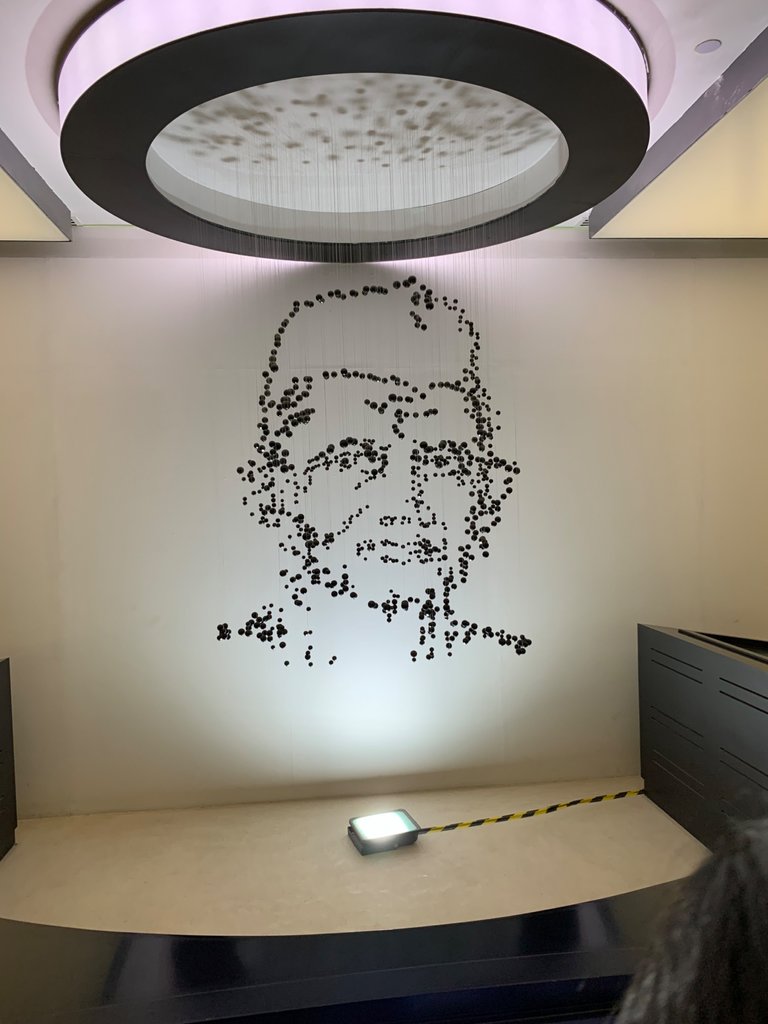
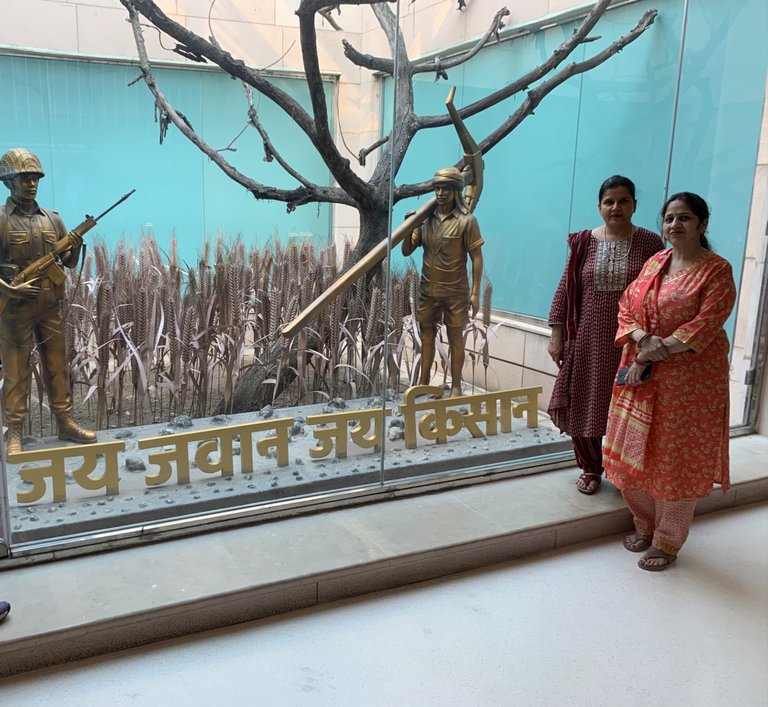
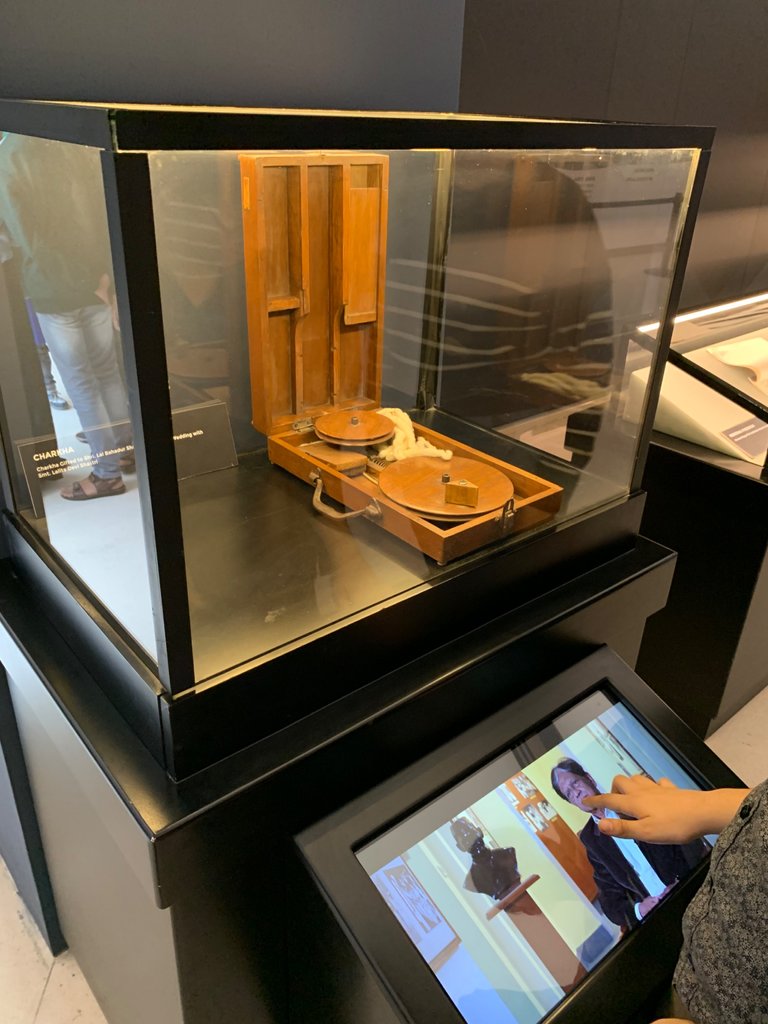
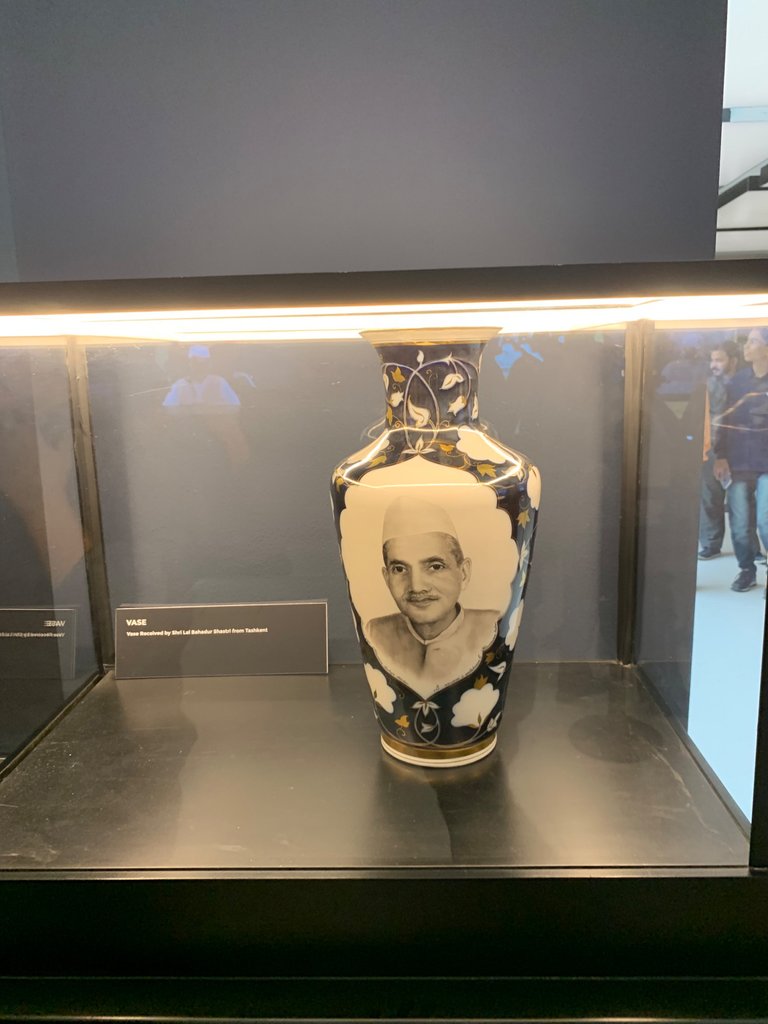
Moving on, we watched a video clip detailing the India-Pakistan War and the Tashkent Agreement of 1966. We also learned about the early life and political journey of Smt. Indira Gandhi. The museum provided a glimpse into the past, showcasing the black and white televisions that were once the primary source of news during the emergency period declared by Indira Gandhi.
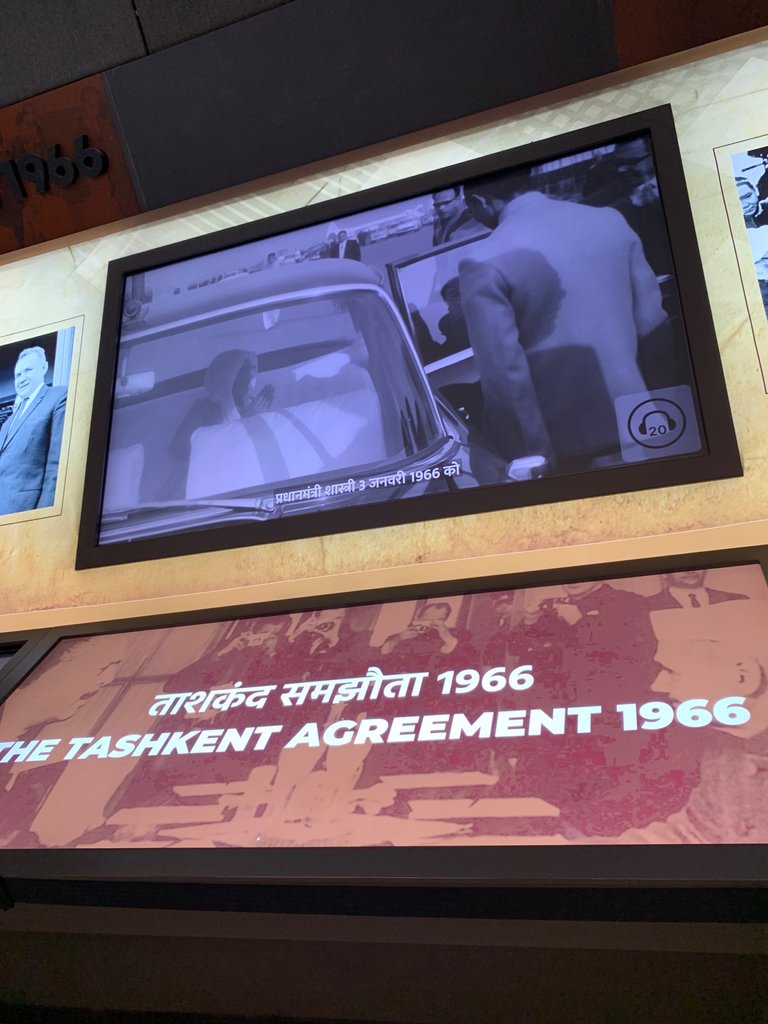
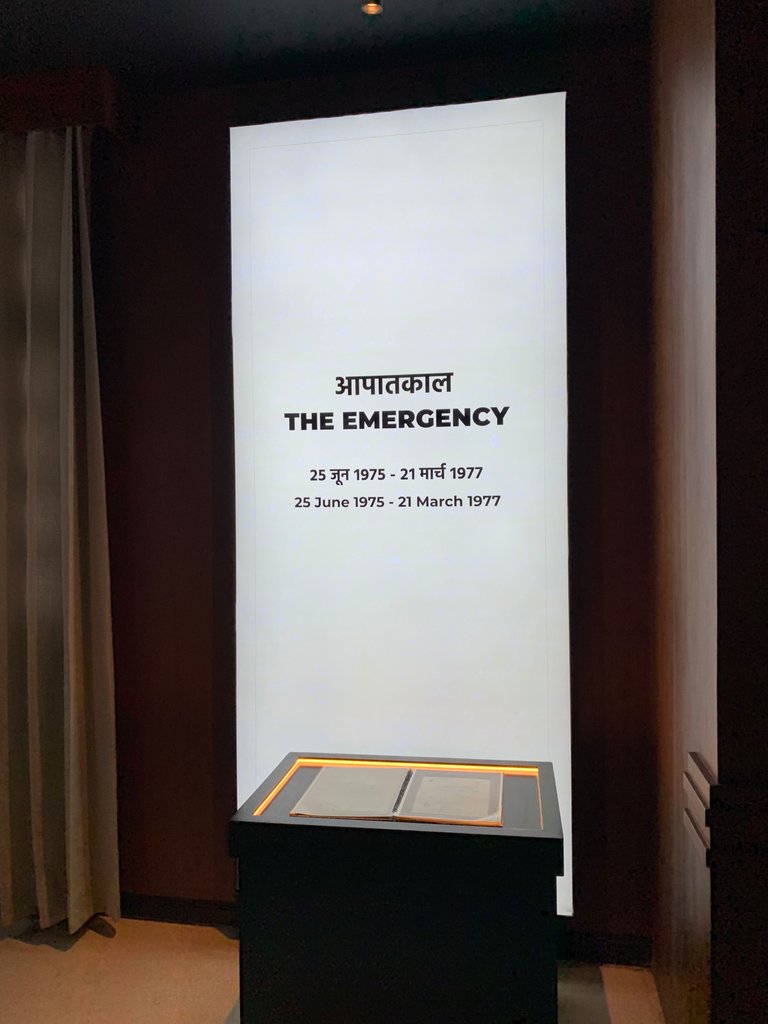
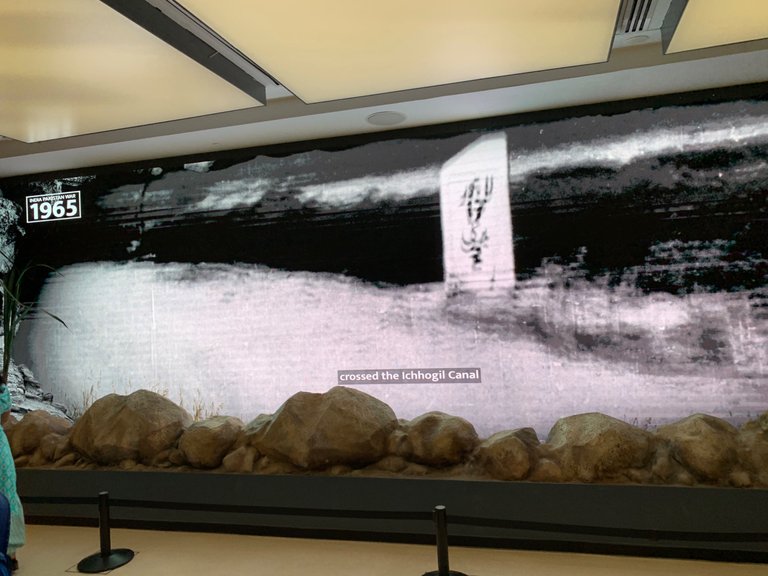

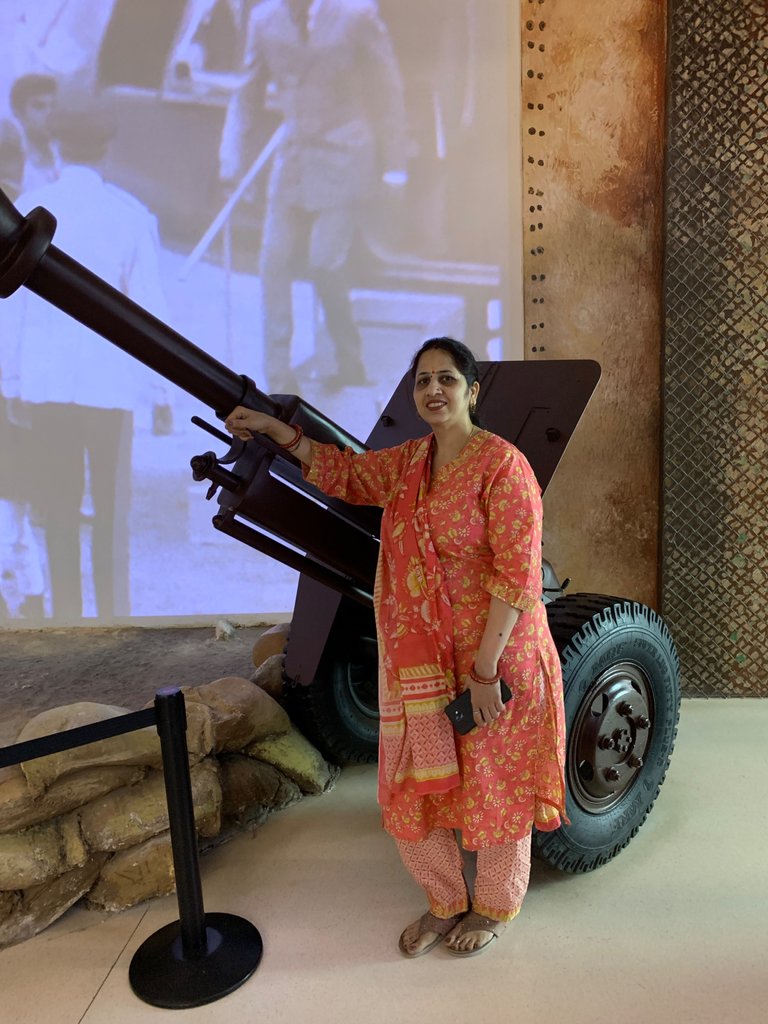
We were captivated by the proof of the Jail Diary of Shri Jayaprakash Narayan, written during the emergency period. The exhibit showcased the resilience and determination of individuals who fought for democracy during challenging times. We also saw an article from the Times of India, reporting on the return of hijacked plane Boeing 737 hostages to New Delhi in 1981, highlighting the issue of terrorism.
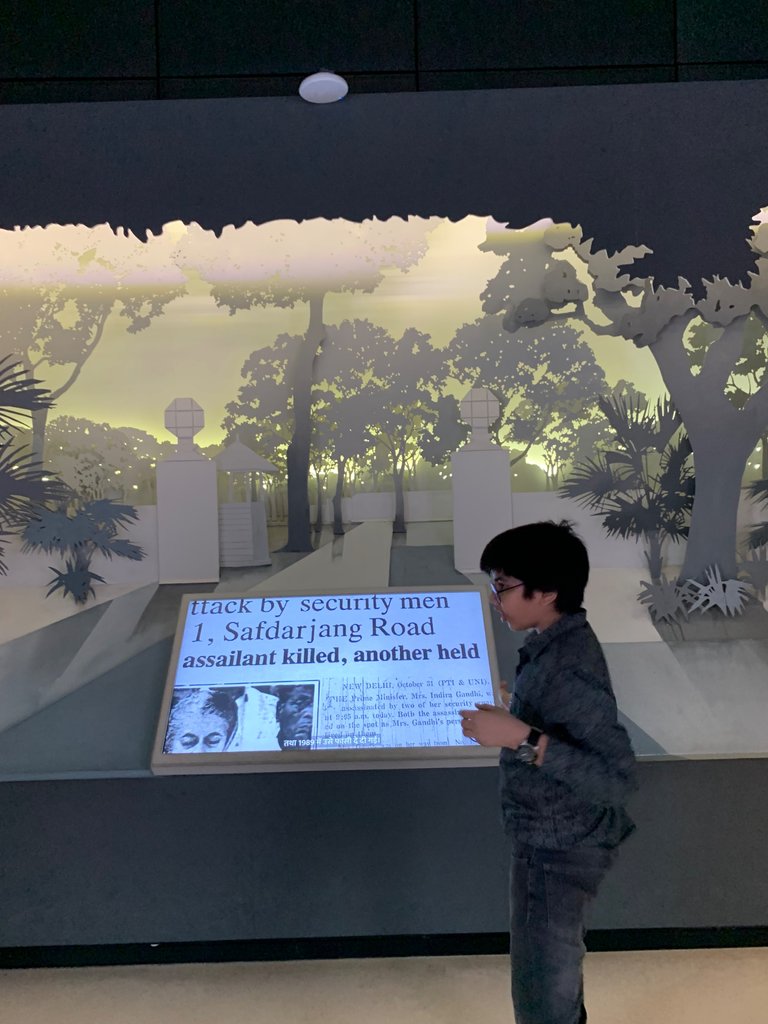
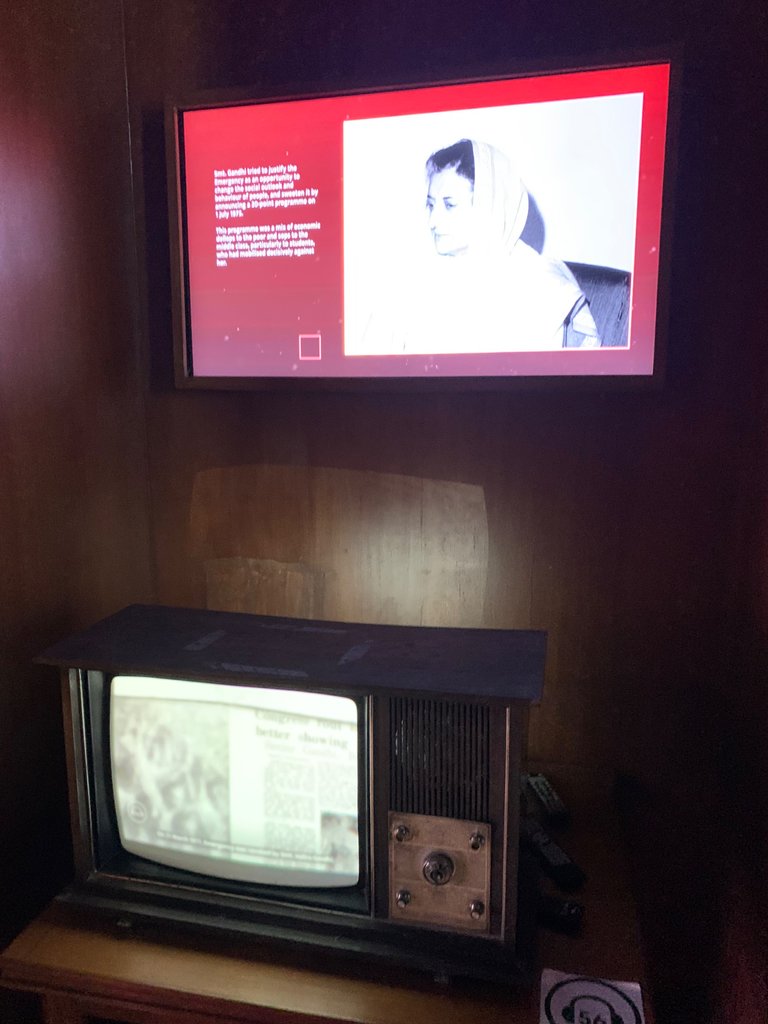
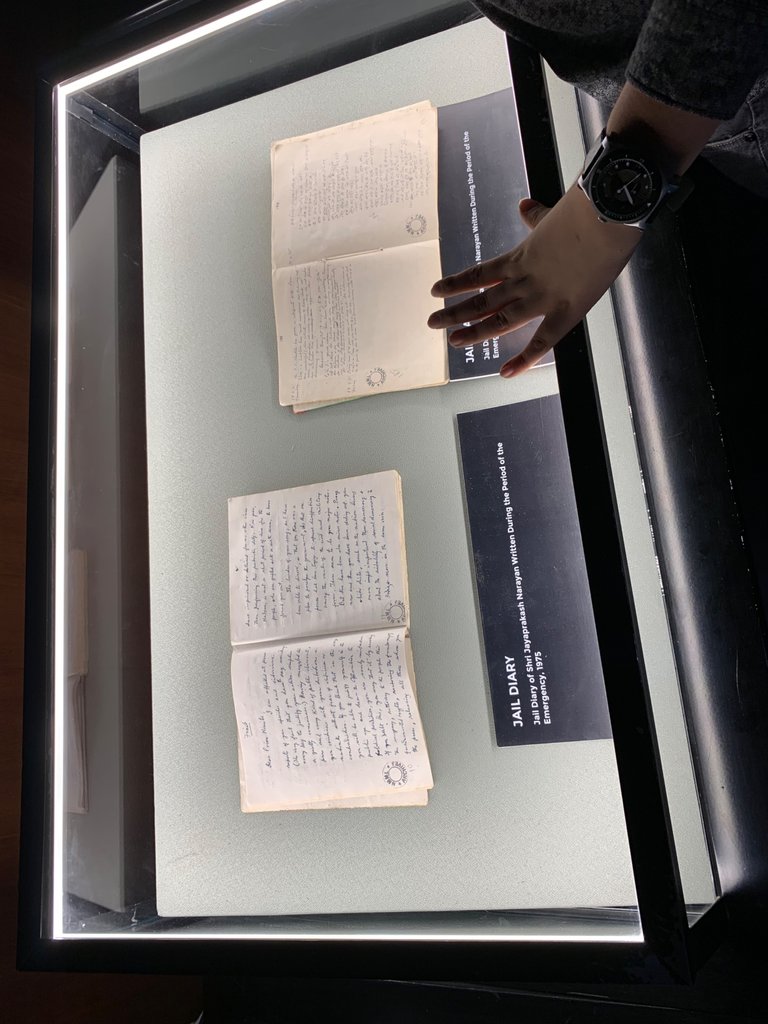
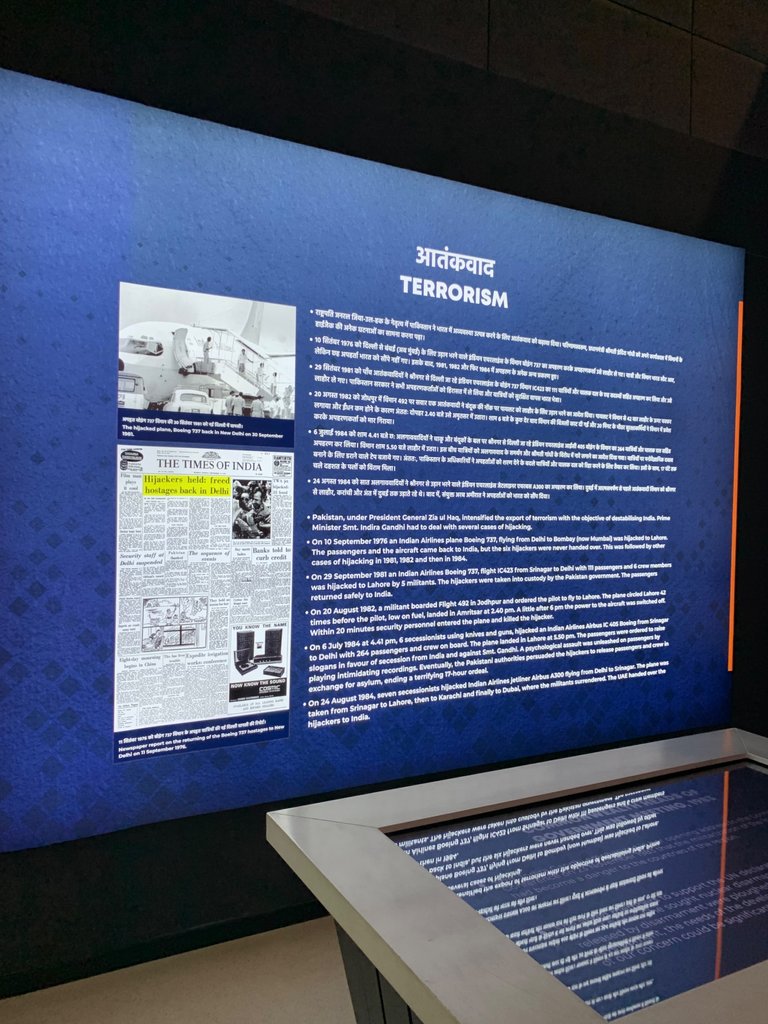
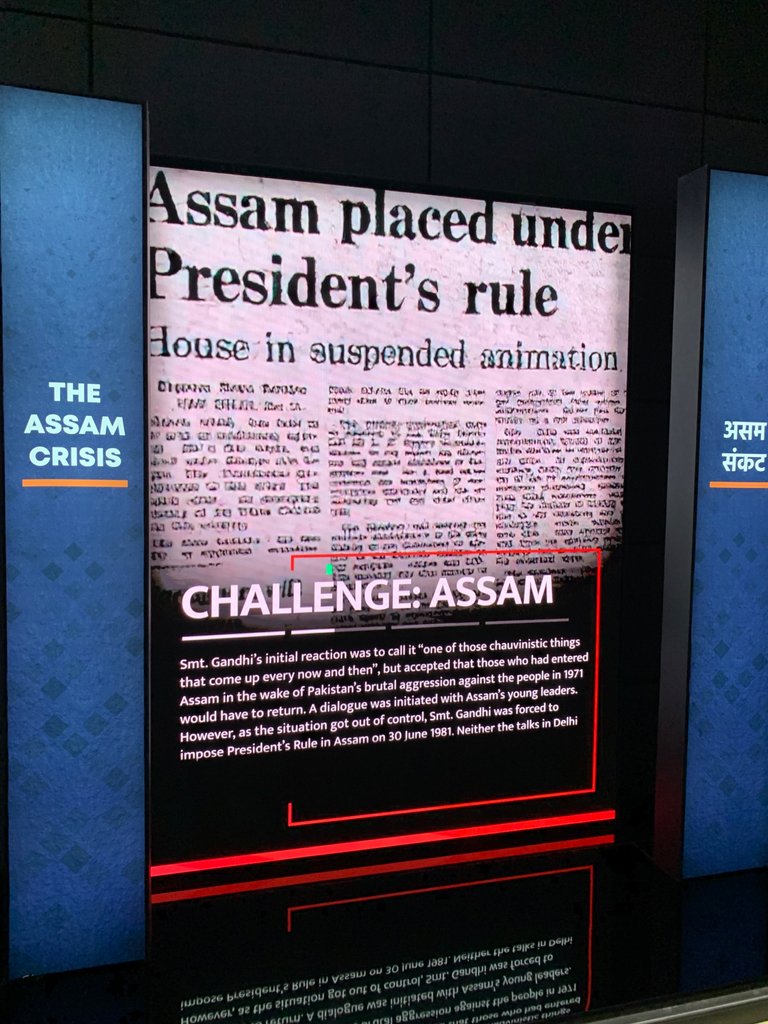
The museum also shed light on significant events such as the Assam crisis and the tragic assassination of Prime Minister Indira Gandhi on 31 October 1984 in New Delhi. We saw the Gandhi topi worn by Shri Morarji Desai, a copy of his Shrimad Bhagavad Gita, his personal pen, and his tulsi mala. Desai, who served as the finance minister of India and Chief Minister of Bombay Province, left an indelible mark on our nation's history.
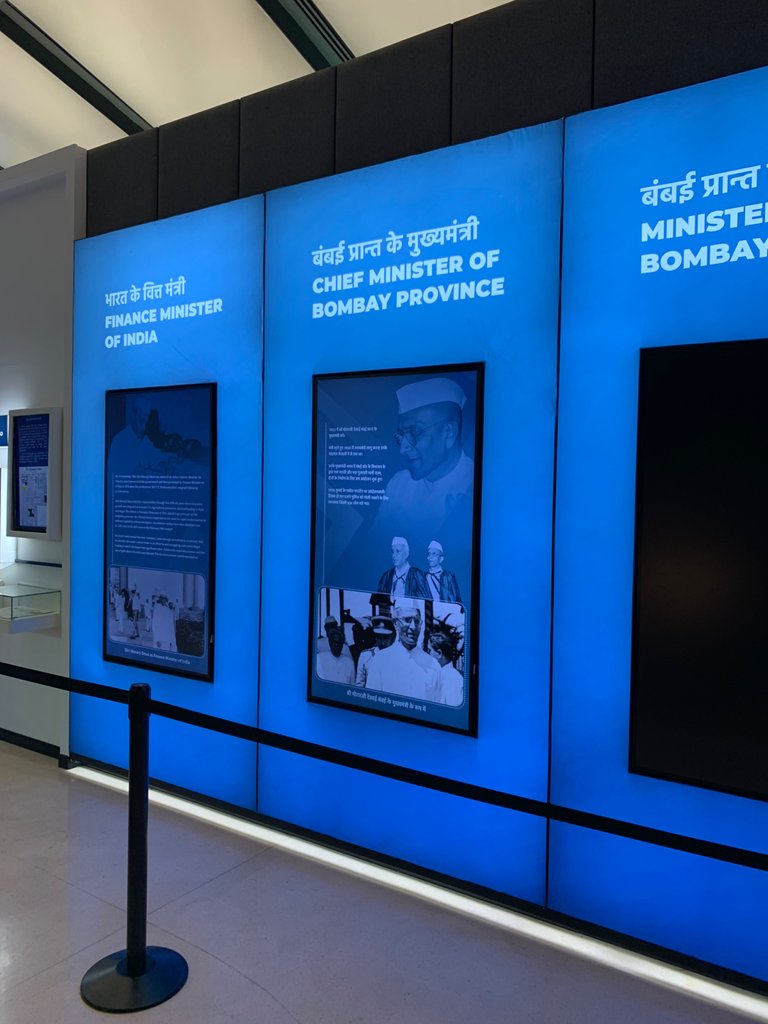
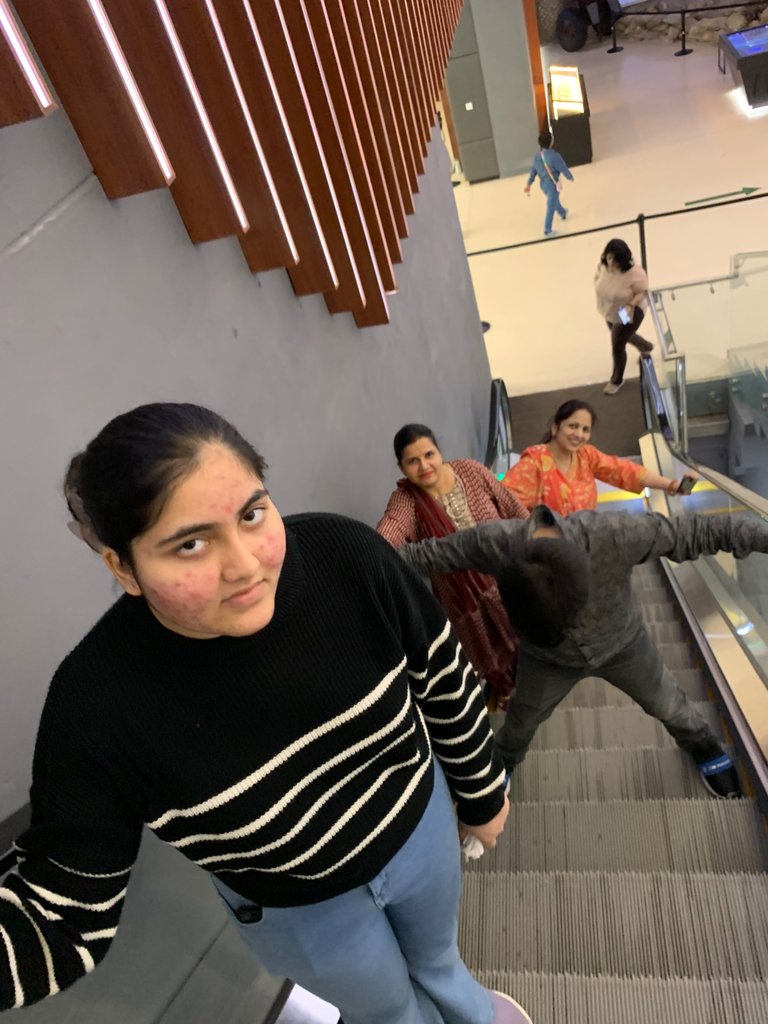

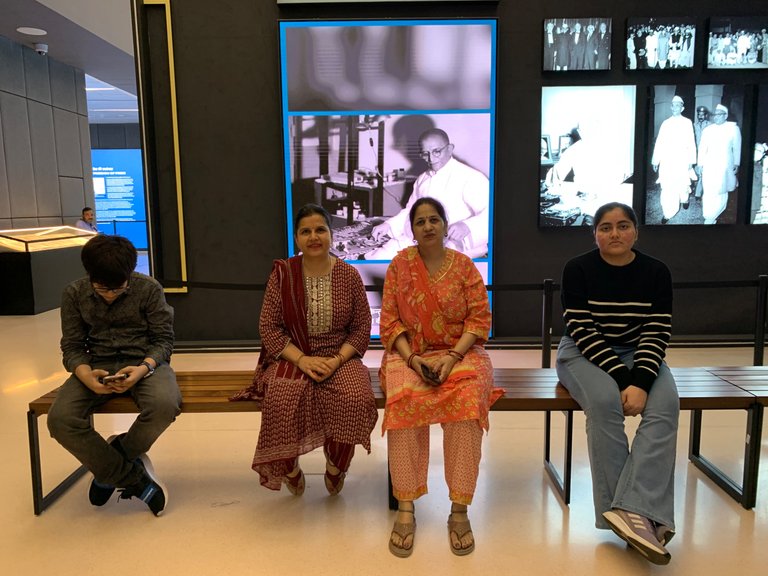

We continued our journey through the museum, witnessing the political journey from 1963 to 1975. In a dark room, we encountered two big hands joined together, symbolizing the Bharat Yatra. It was a powerful representation of unity and solidarity.
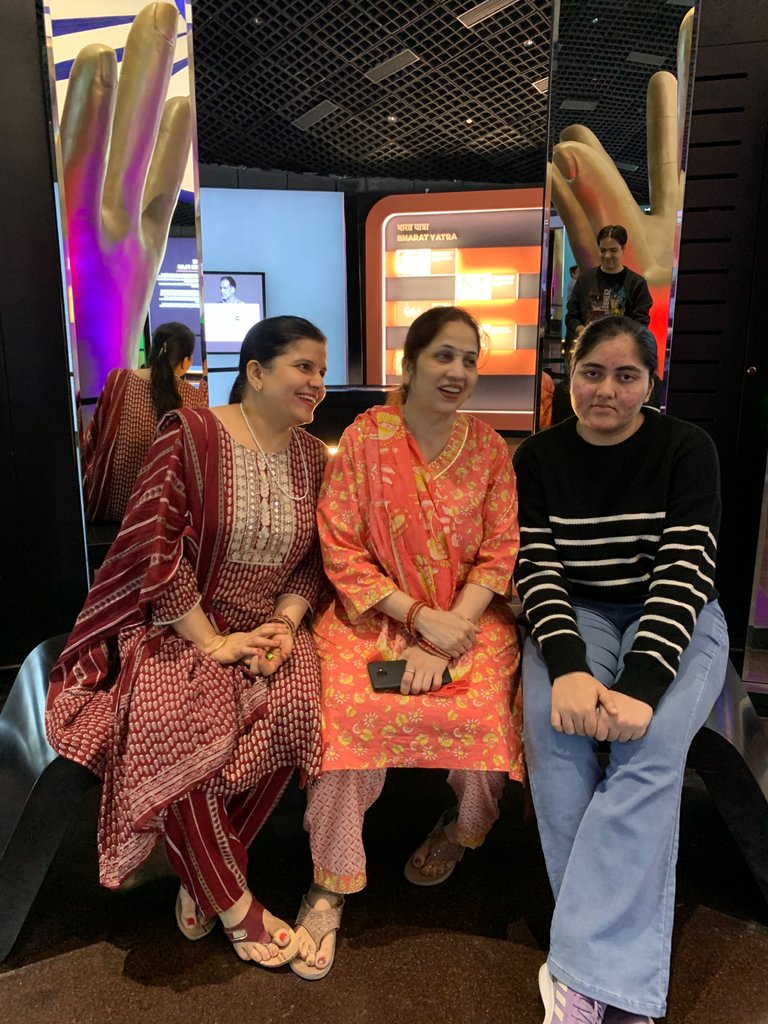
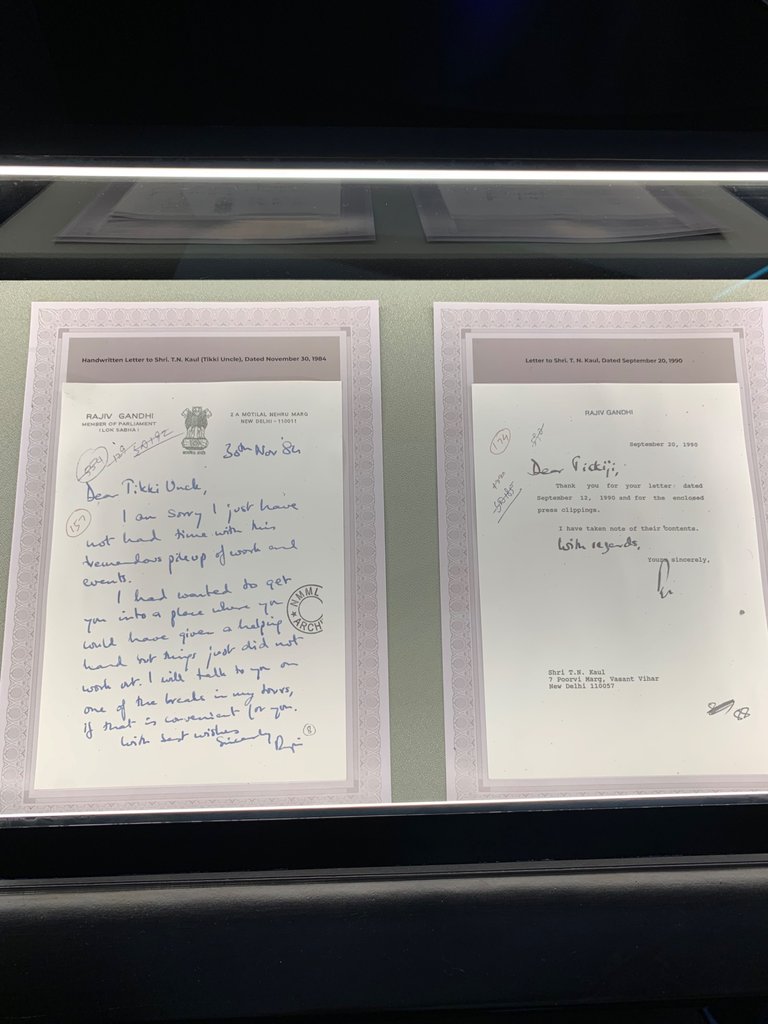

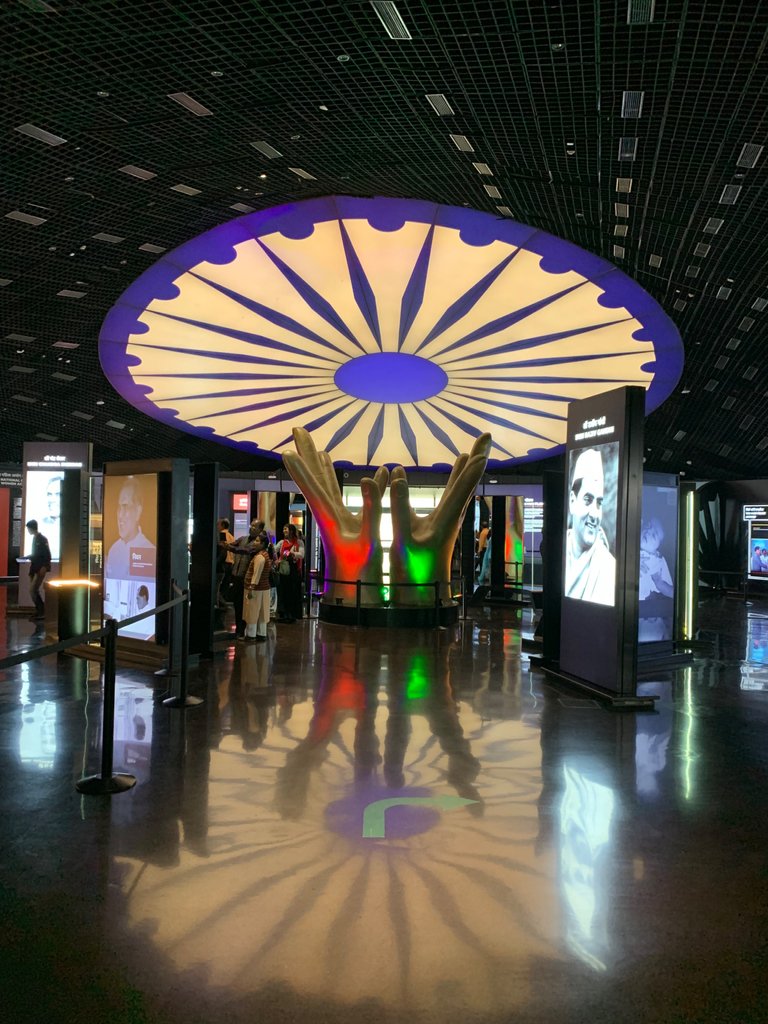
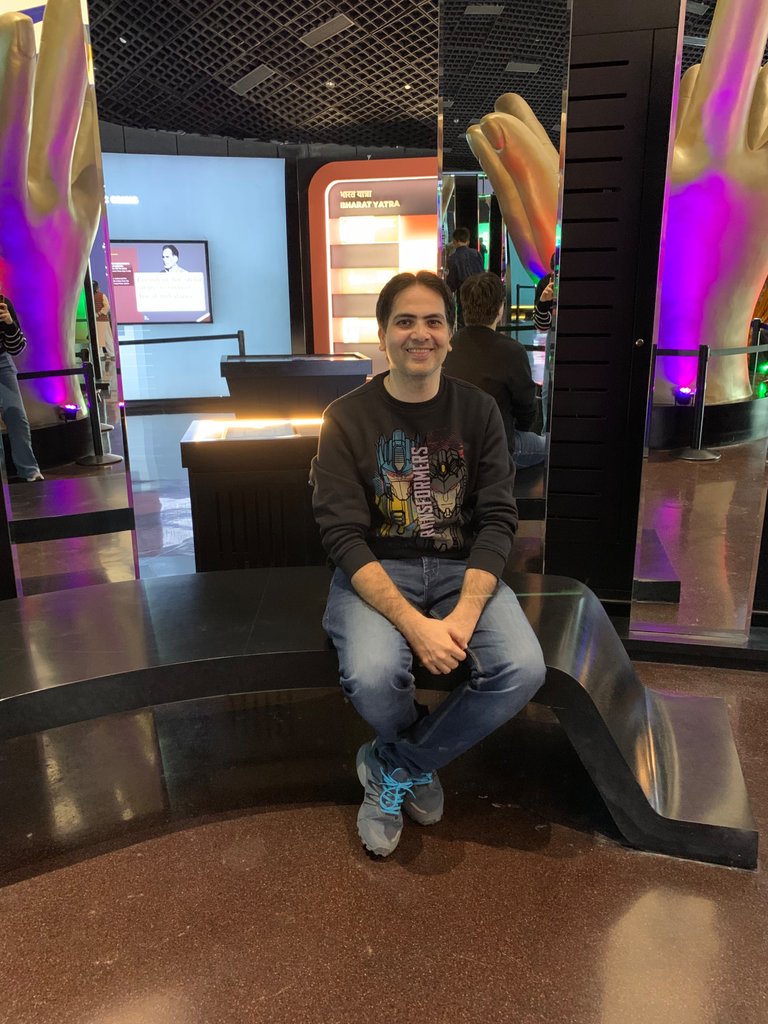
A display of a handwritten letter to Shri T.N Kaul by Rajiv Gandhi caught our attention. It provided a glimpse into the personal correspondence of our former prime minister. We even had the opportunity to stand in an old telephone booth and hold the vintage telephone, which represented the transition into the new Telecom Era.
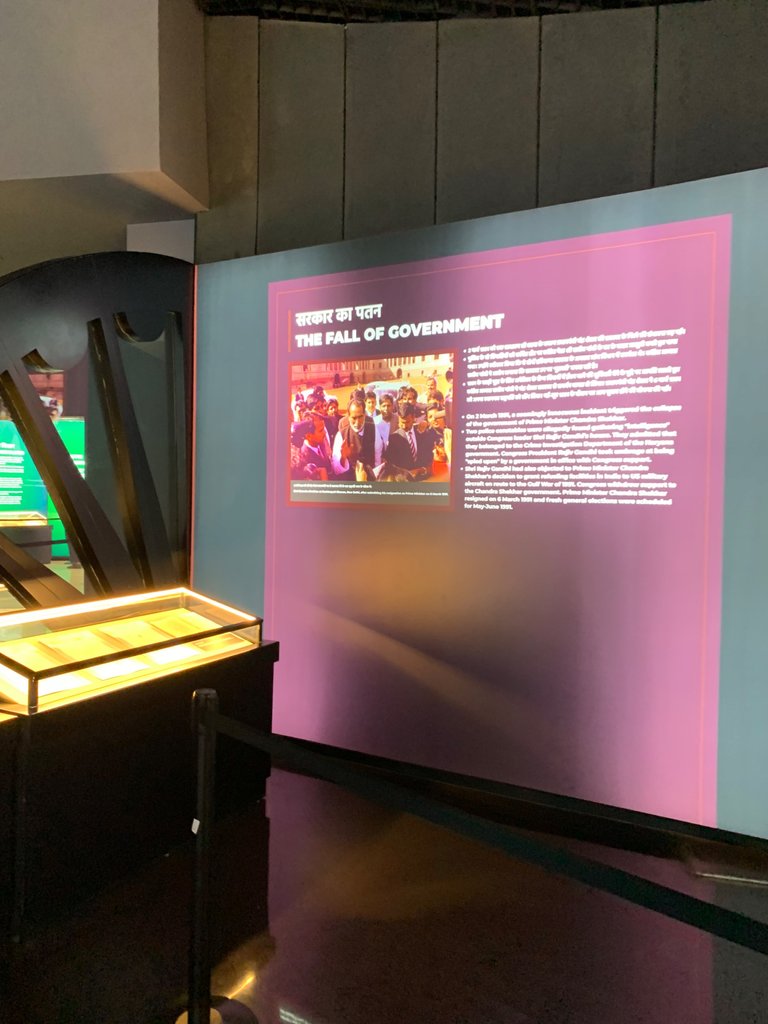
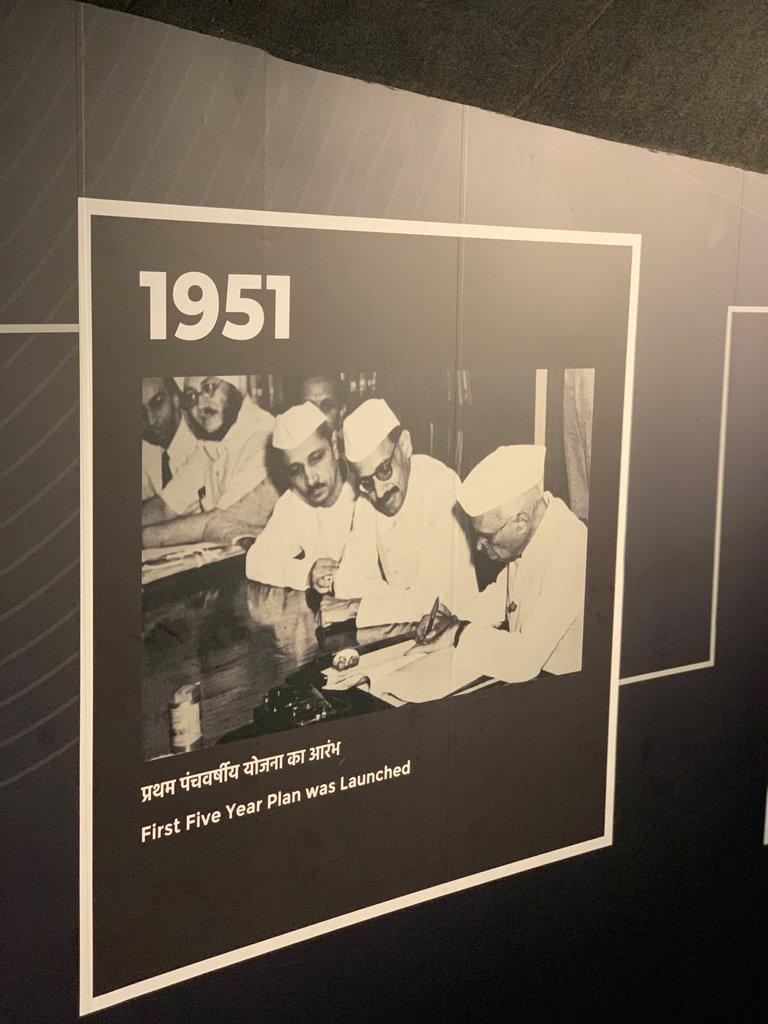
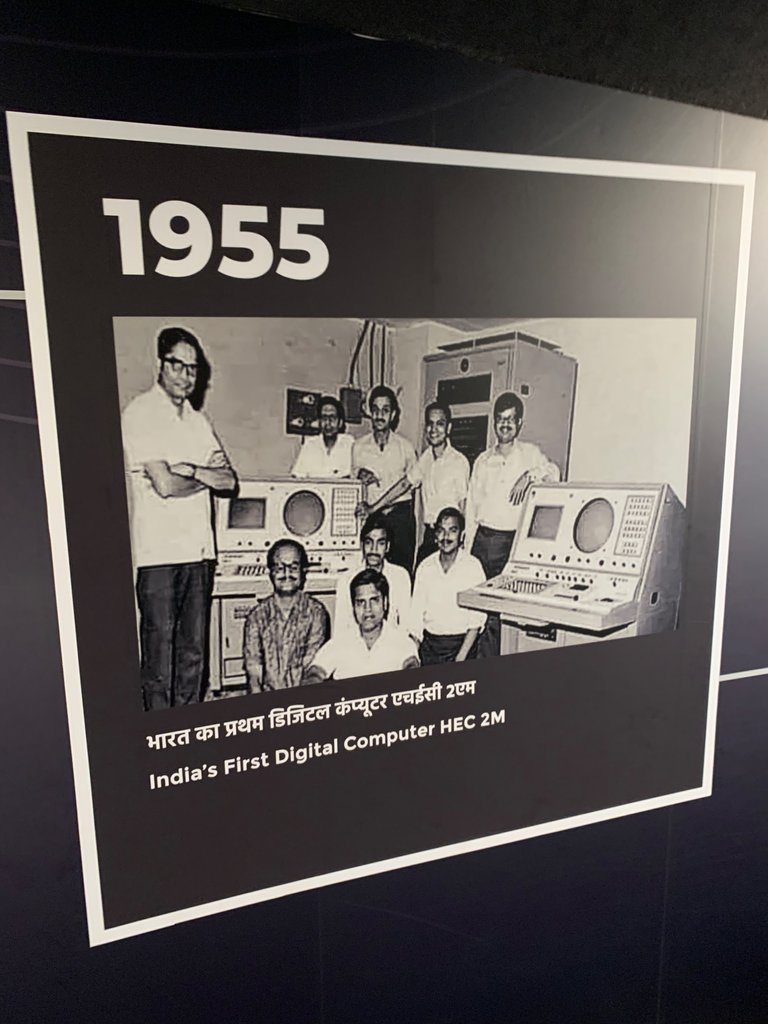
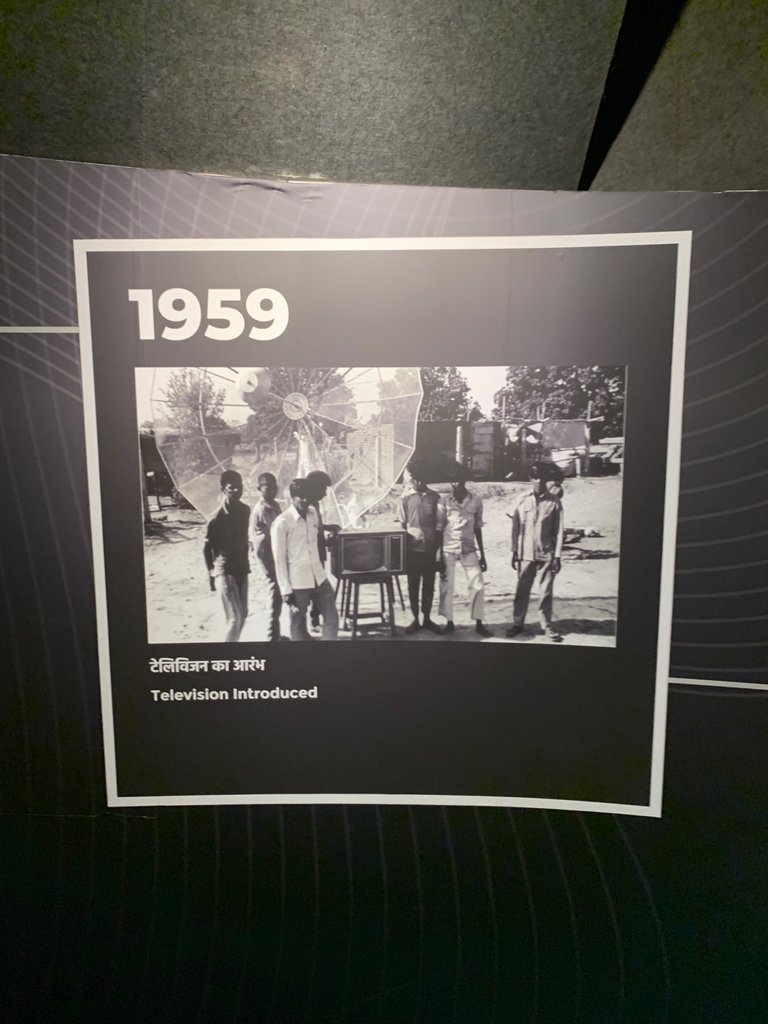

We learned about the economic crisis in August 1990 when the trade deficit soared to 7,193 crores, leading to the fall of the government on 2 March 1991. The museum highlighted important dates in India's history, such as the year of independence in 1947, the launch of the first five-year plan in 1951, the introduction of television in 1959, and the establishment of the first IIM in Kolkata in 1961.
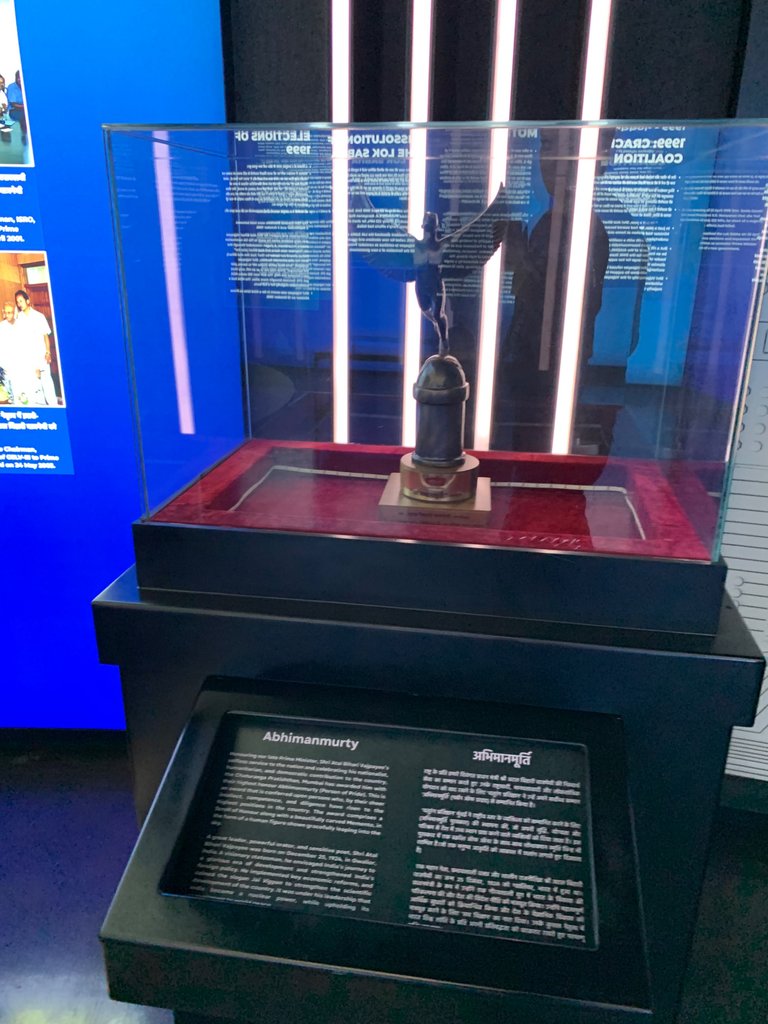
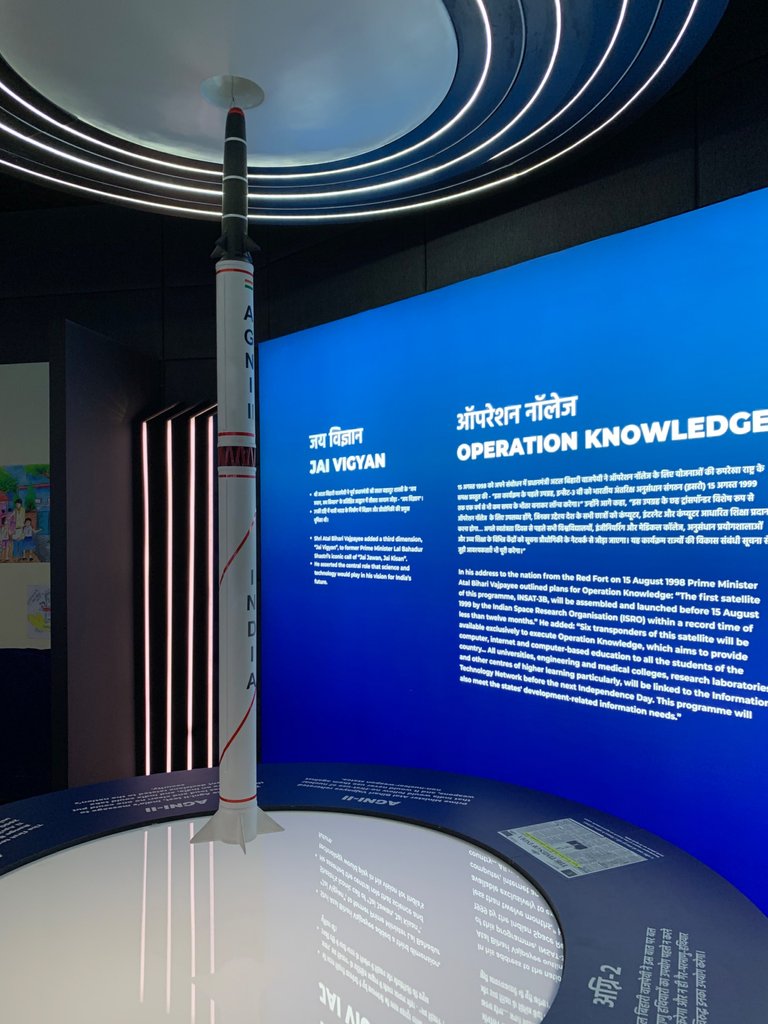
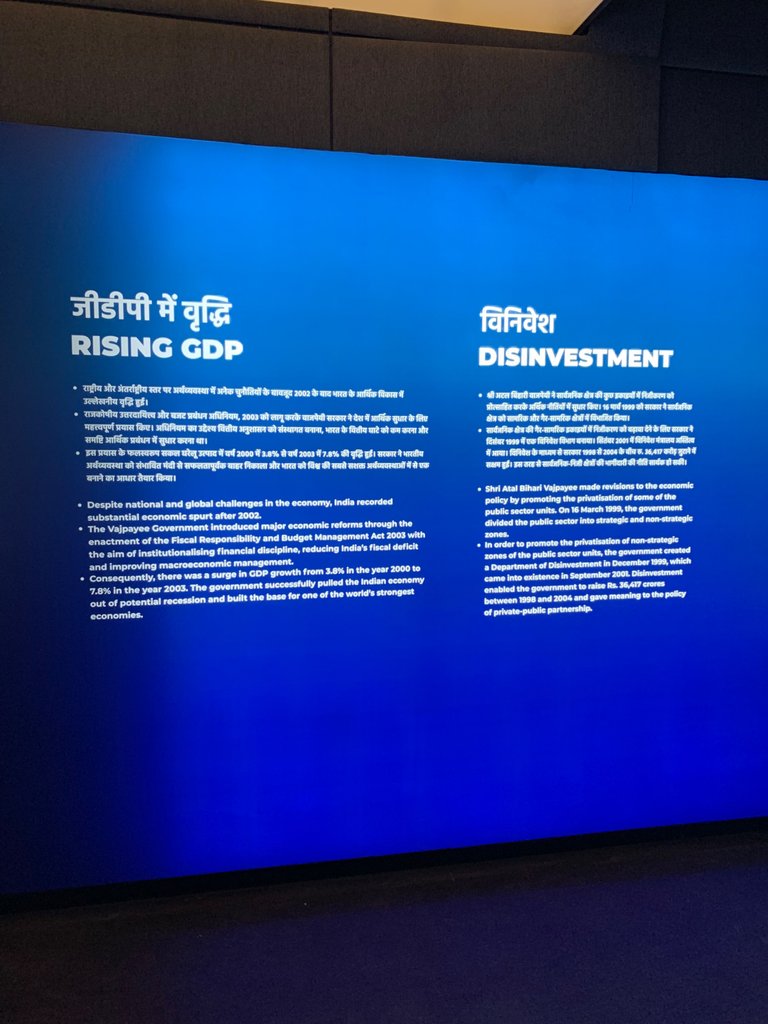
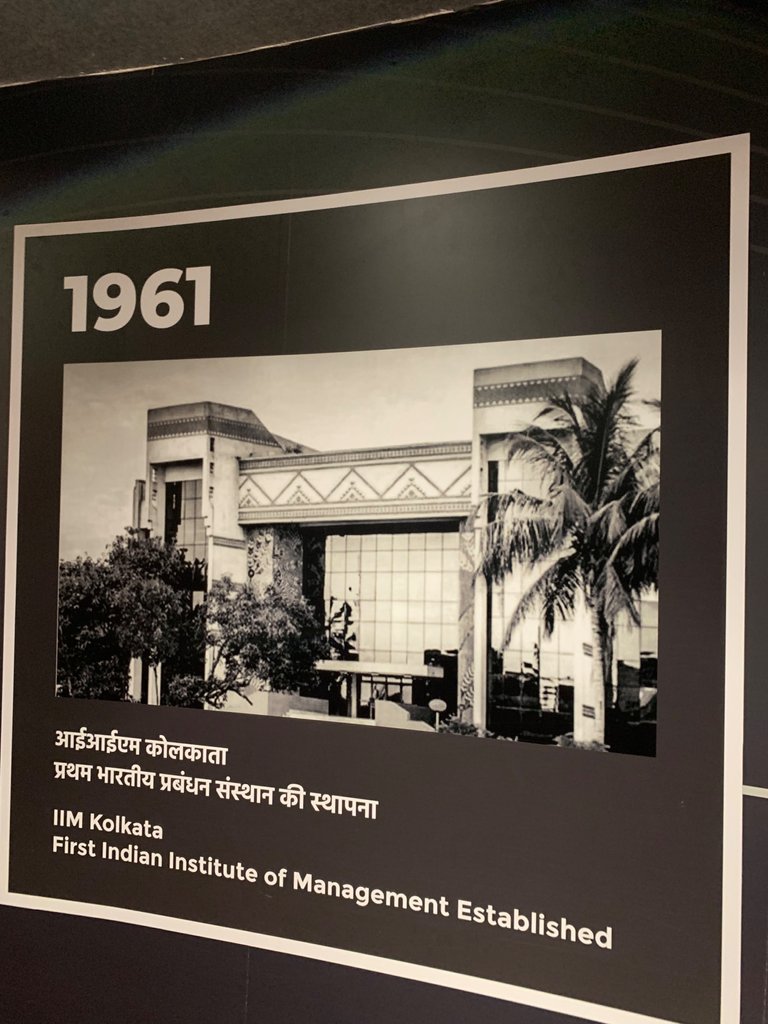
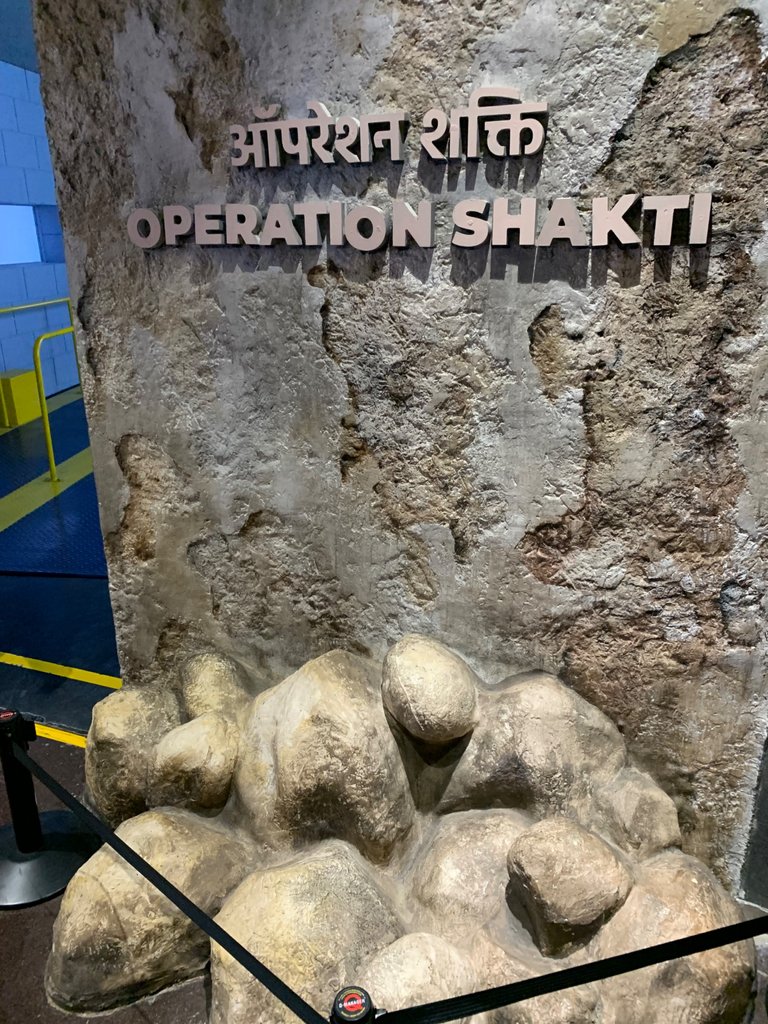
The Operation Shakti exhibit showcased the Abhimanmurty and Jai Vigyan Operation, specifically Agni II India. We also learned about the Sarva Shiksha Abhiyan, which aimed to provide education to all and witnessed the rising GDP and disinvestment. The museum showcased the Golden Quadrilateral monuments in India, highlighting the country's infrastructural development.
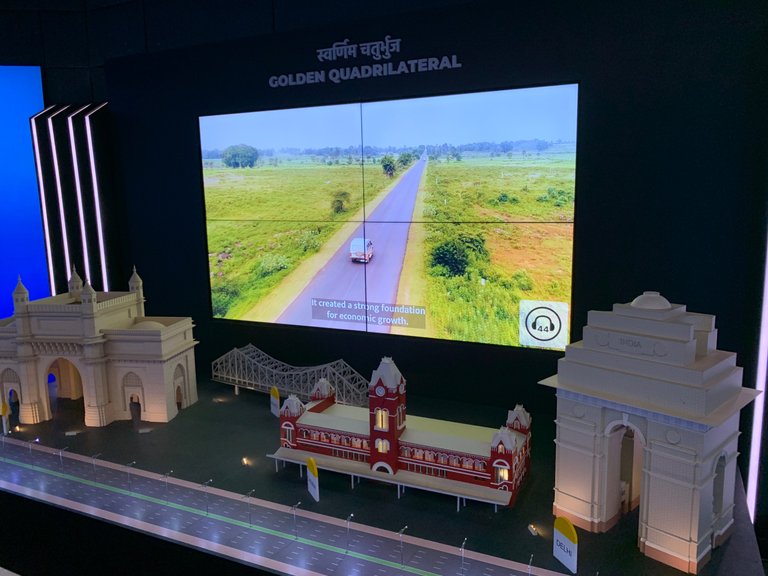
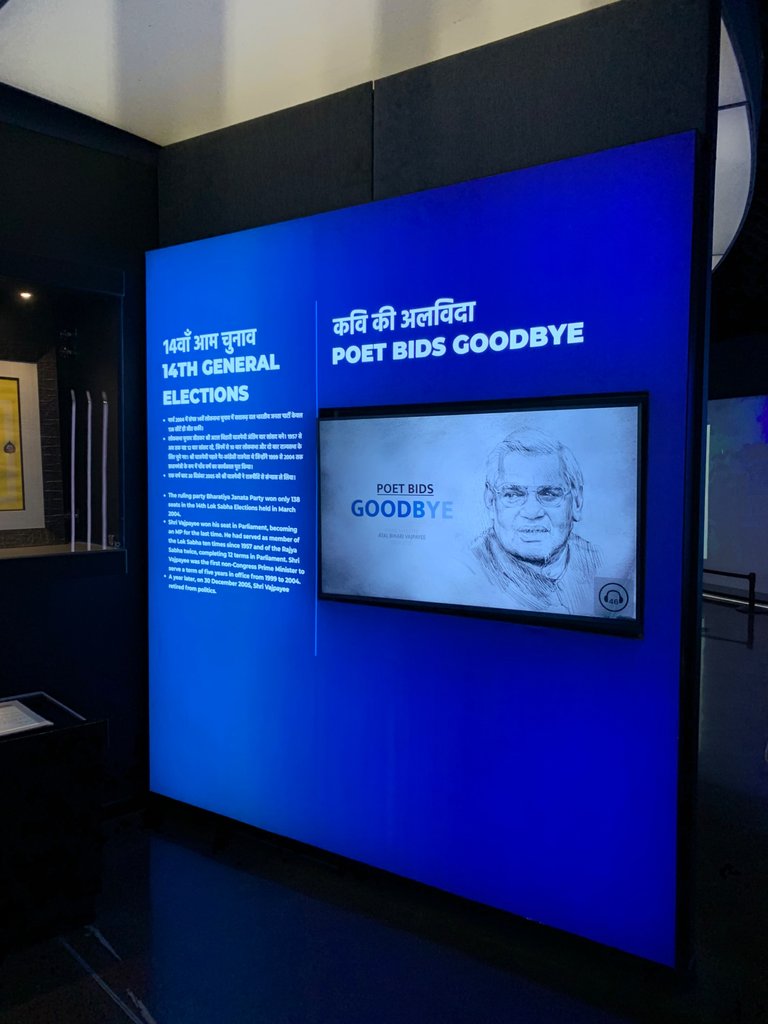
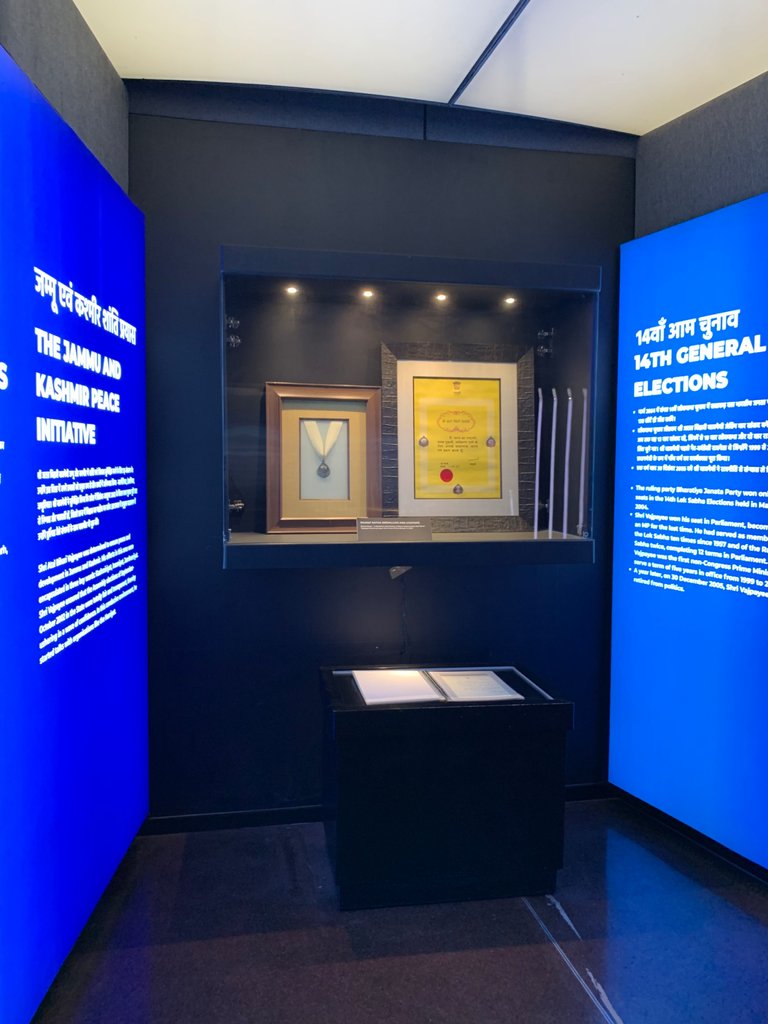
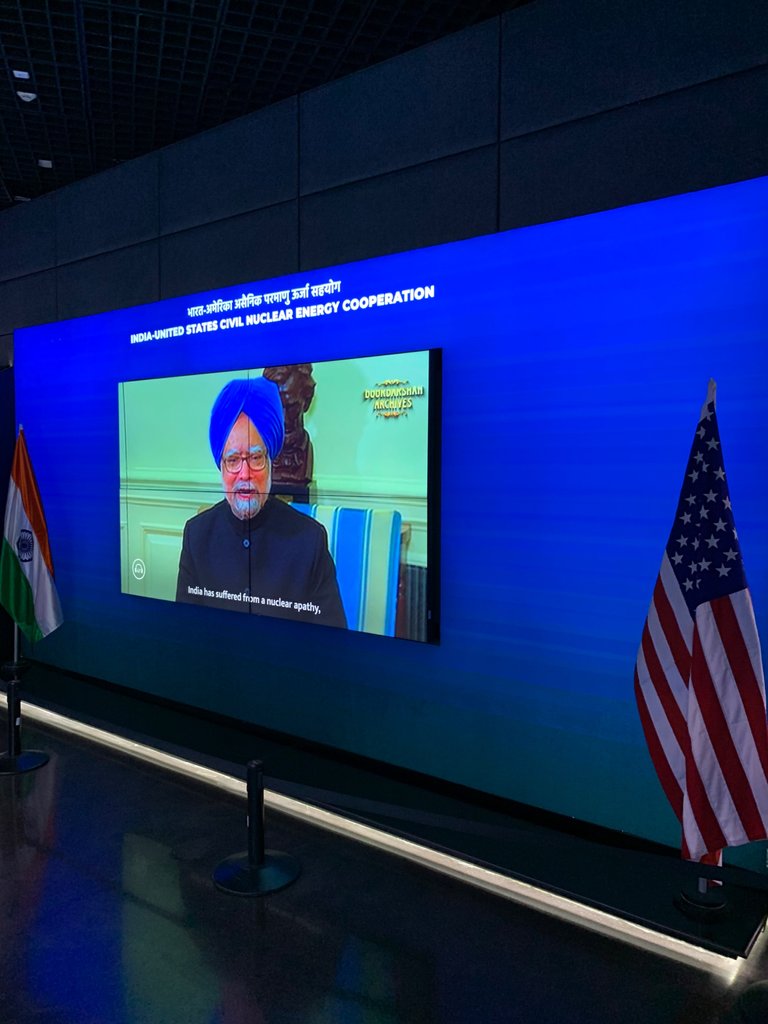
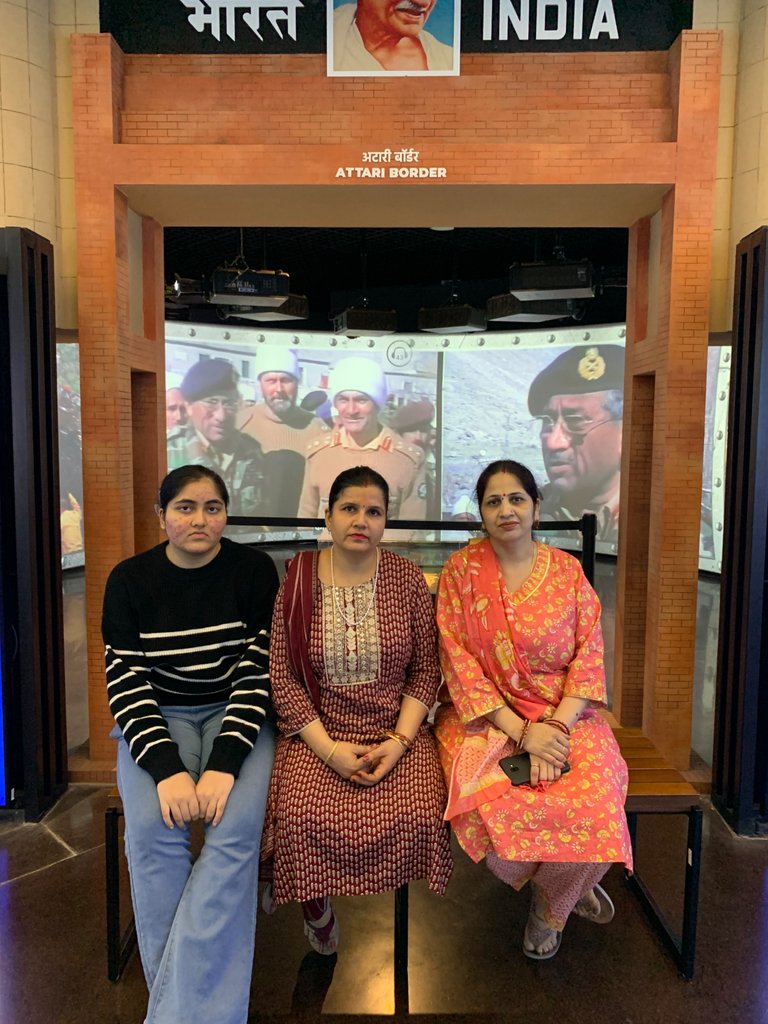
We then came across the Attari Border exhibit, which shed light on hijacking and terrorism incidents that occurred on October 17. The Jammu and Kashmir Initiative and the 14th General Elections were also featured, providing insights into the political landscape of the time. A video clip display by Prime Minister Atal Bihari Vajpayee bidding farewell and the India-United States Civil Nuclear Energy Cooperation by Manmohan Singh showcased significant diplomatic achievements.
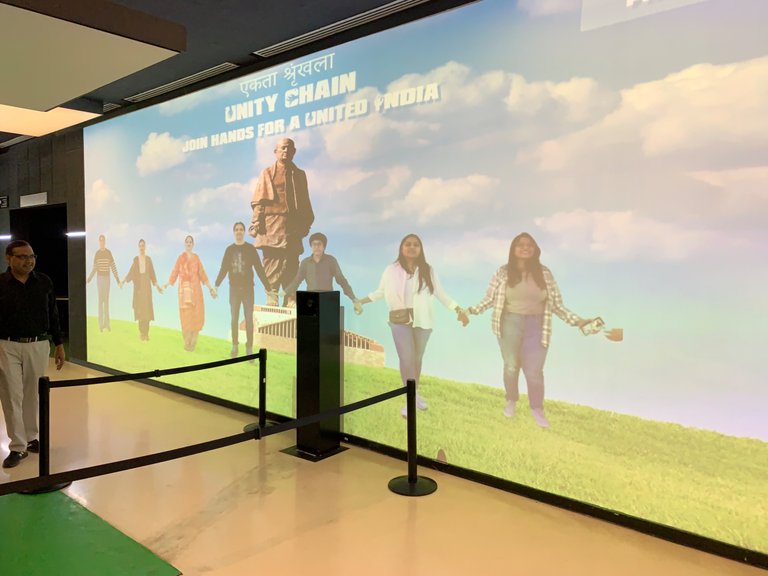

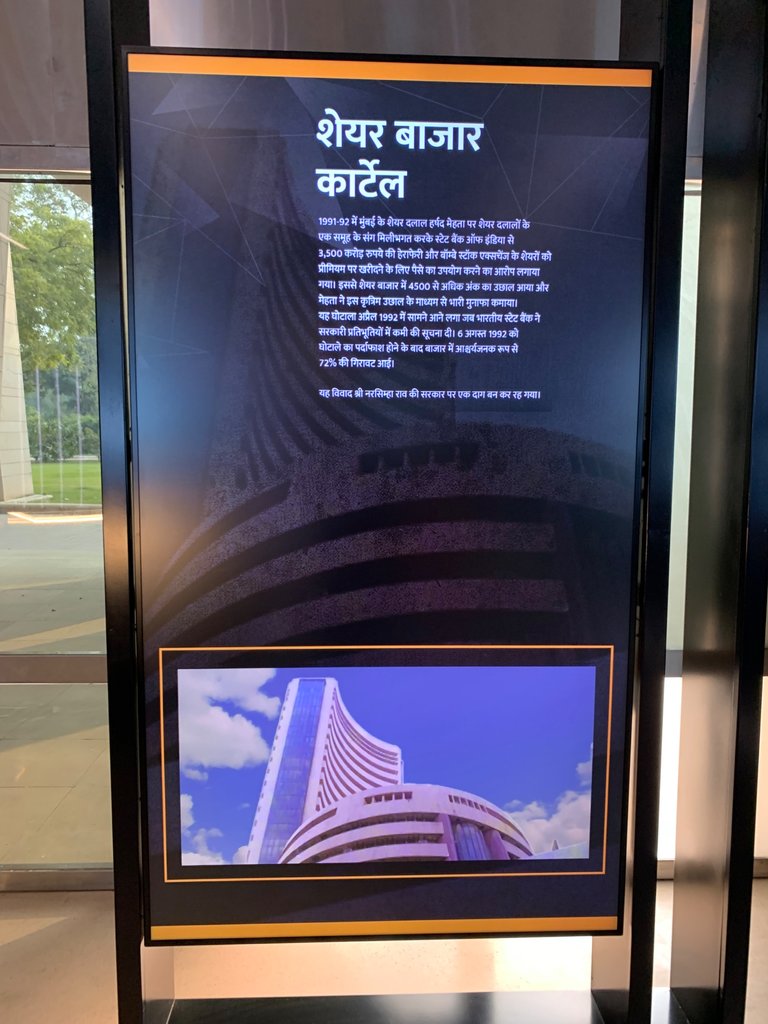
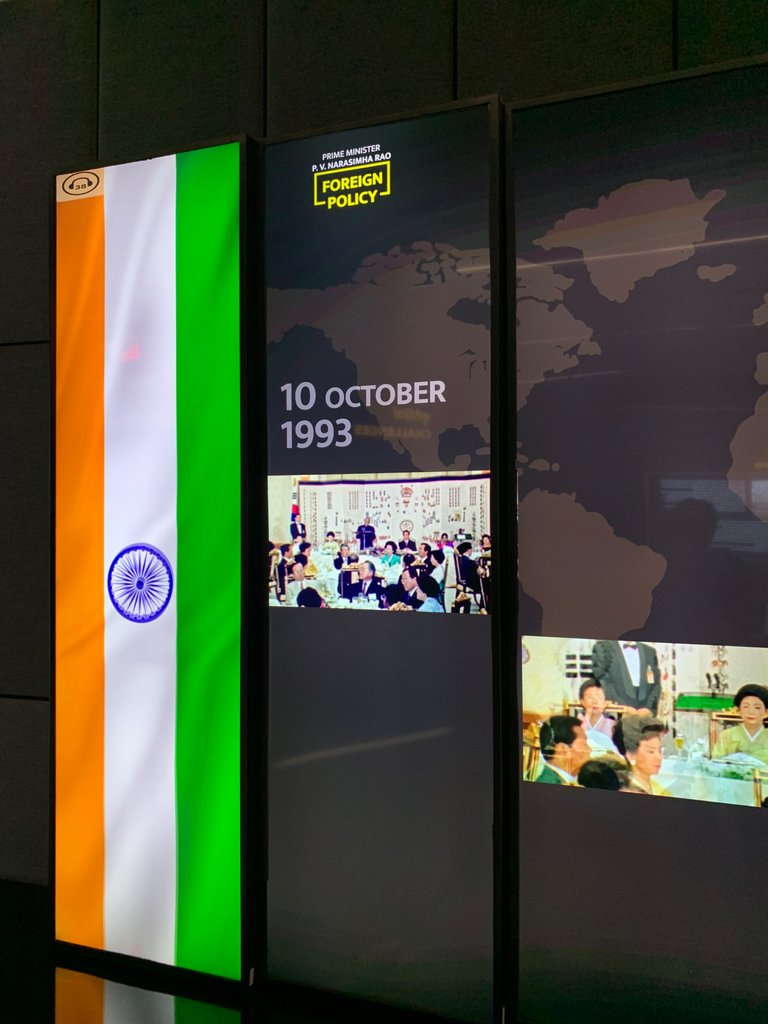

The XIX Commonwealth Games and the SCAM 1991-92 in Mumbai, involving a scam of 3,500 crores by Harshad Mehta, were also highlighted. We watched a video clip of P.V Narasimha Rao's Foreign Policy speech on 10 Oct 1993, which emphasized India's role in the global arena. The museum also showcased the economic reforms that shaped India's growth trajectory.
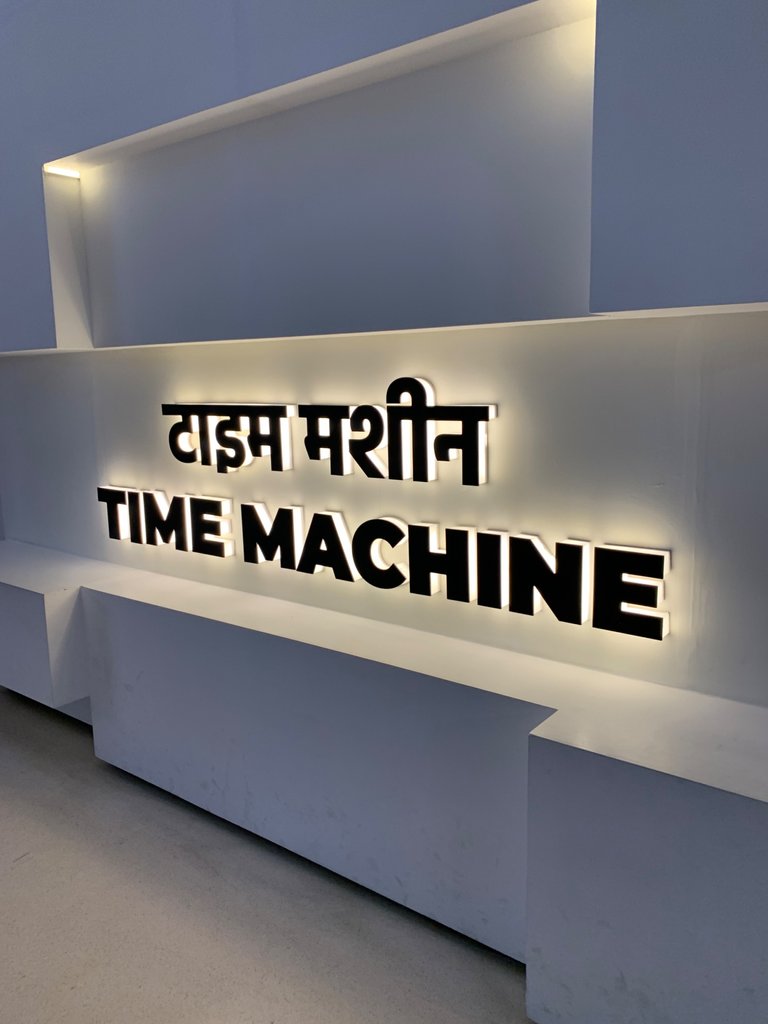
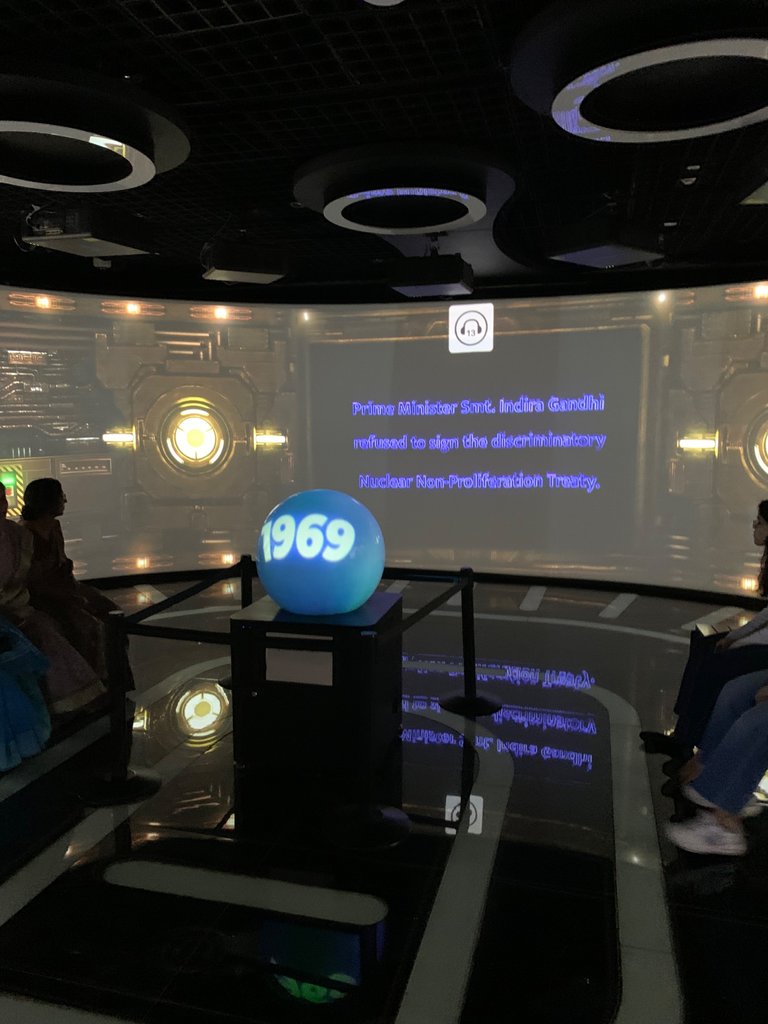

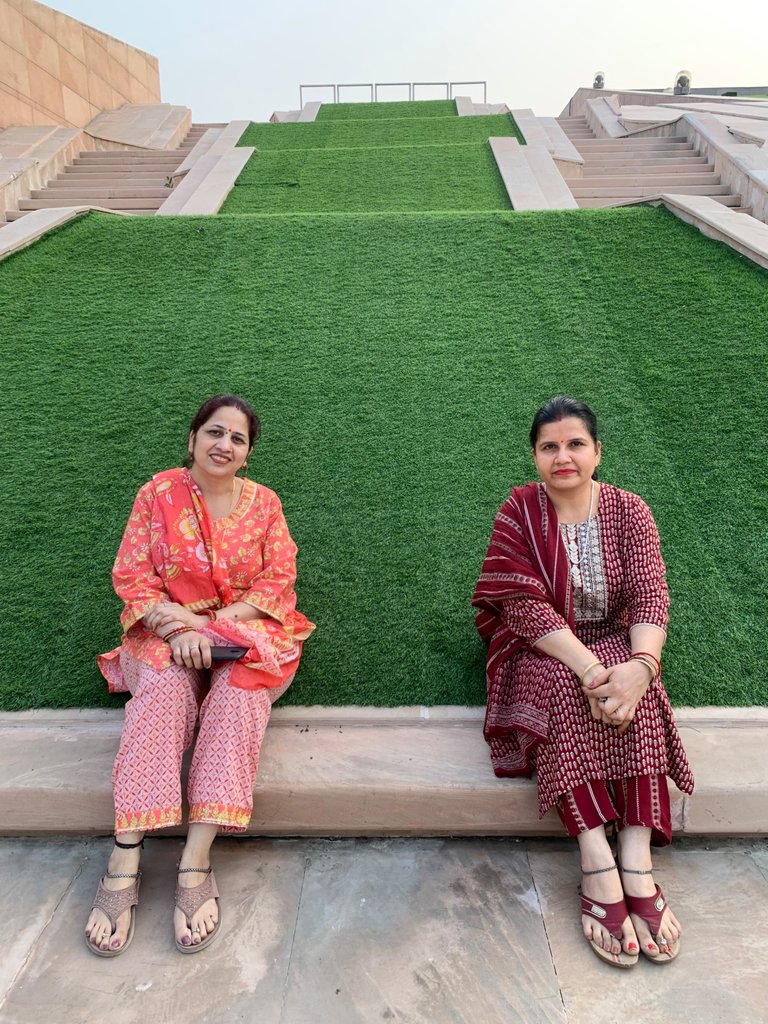
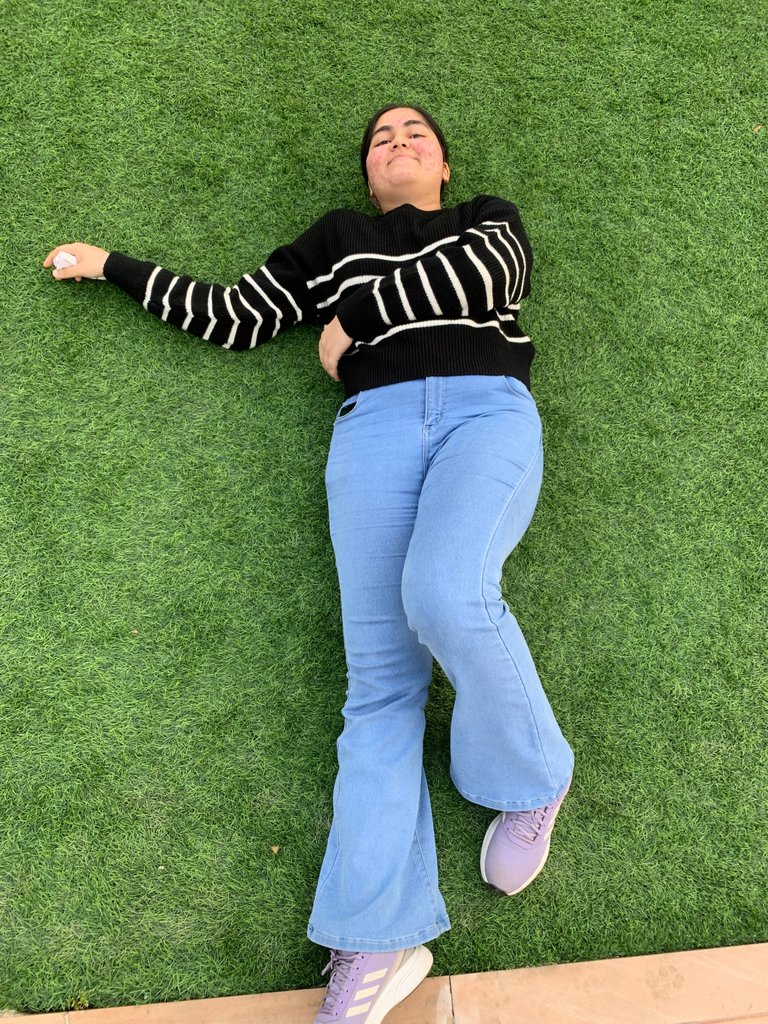
In the time machine room, we were transported back to 1969, experiencing the sights and sounds of that era. It was a nostalgic journey that allowed us to appreciate the progress our nation has made over the years.
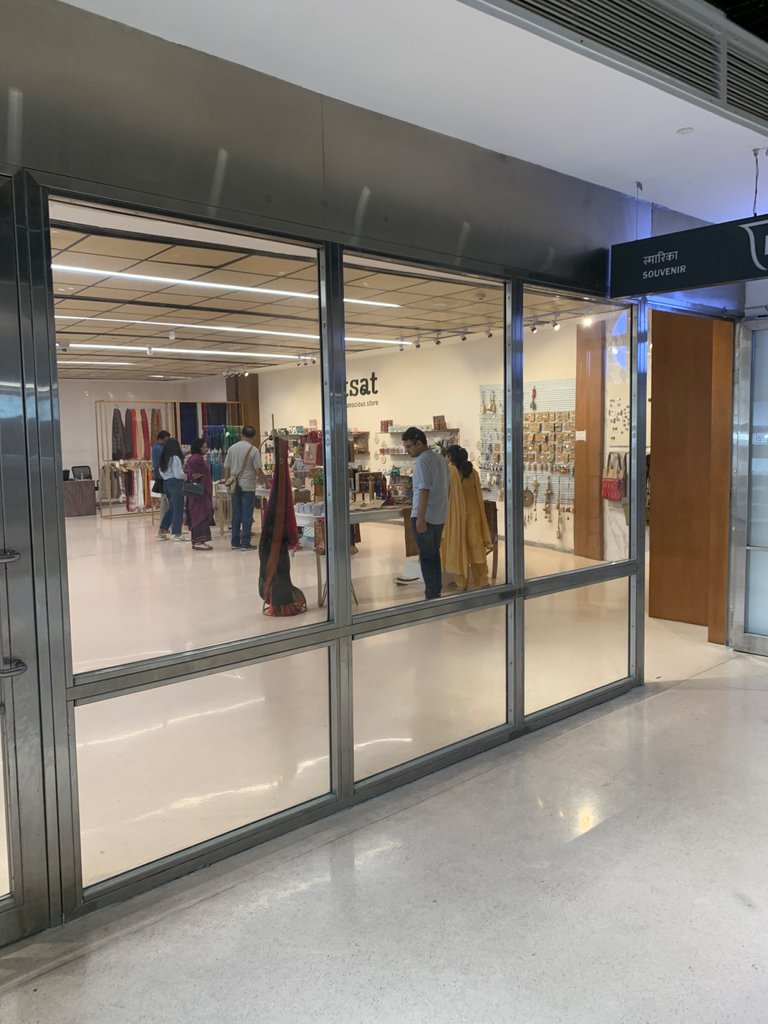
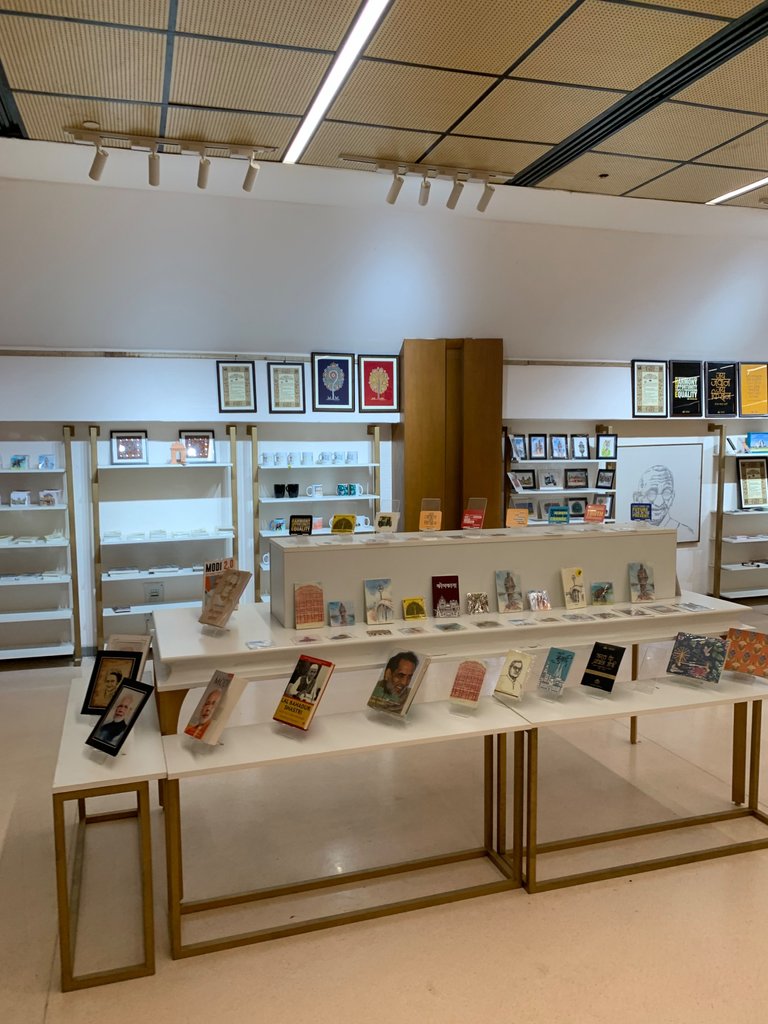
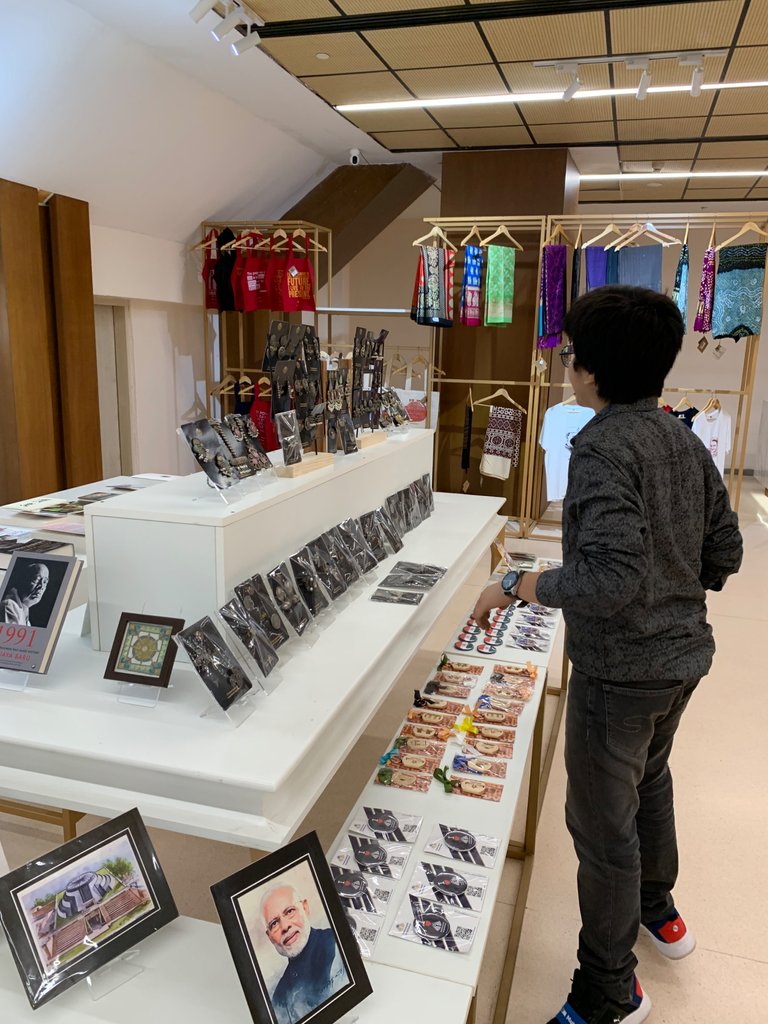
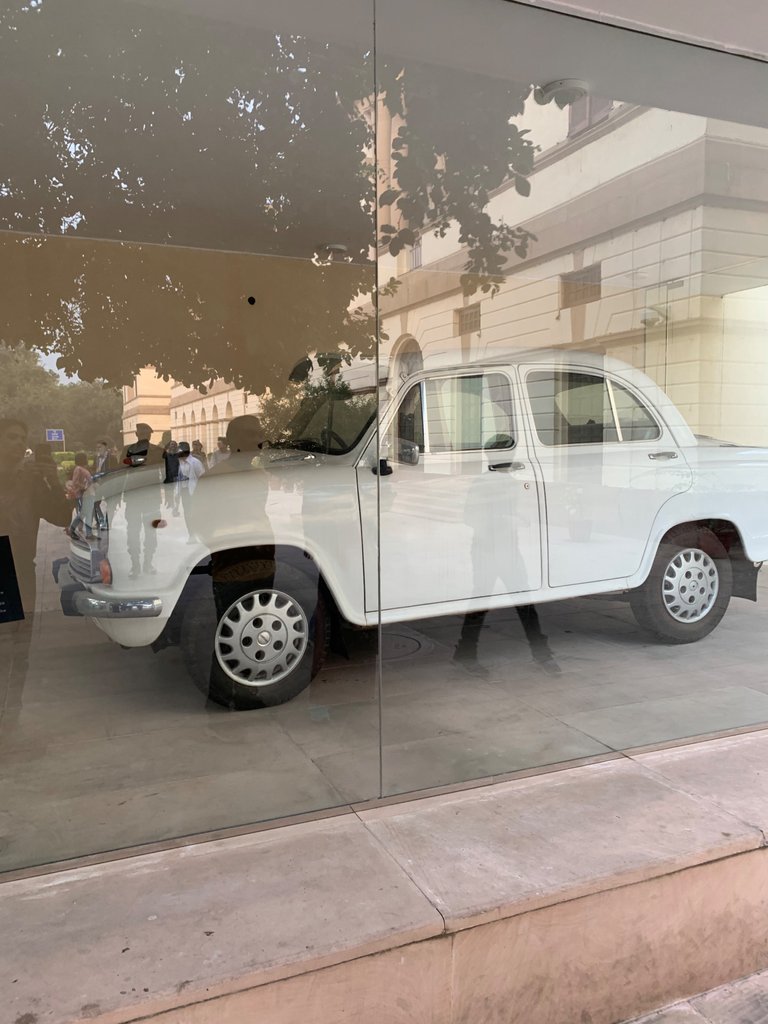
After our enriching visit, we decided to relax in the museum's lawn, gazing at the beautiful sky and engaging in heartfelt conversations. As we descended the stairs, we made a quick stop at the souvenir shop and canteen, purchasing mementos to commemorate our visit.
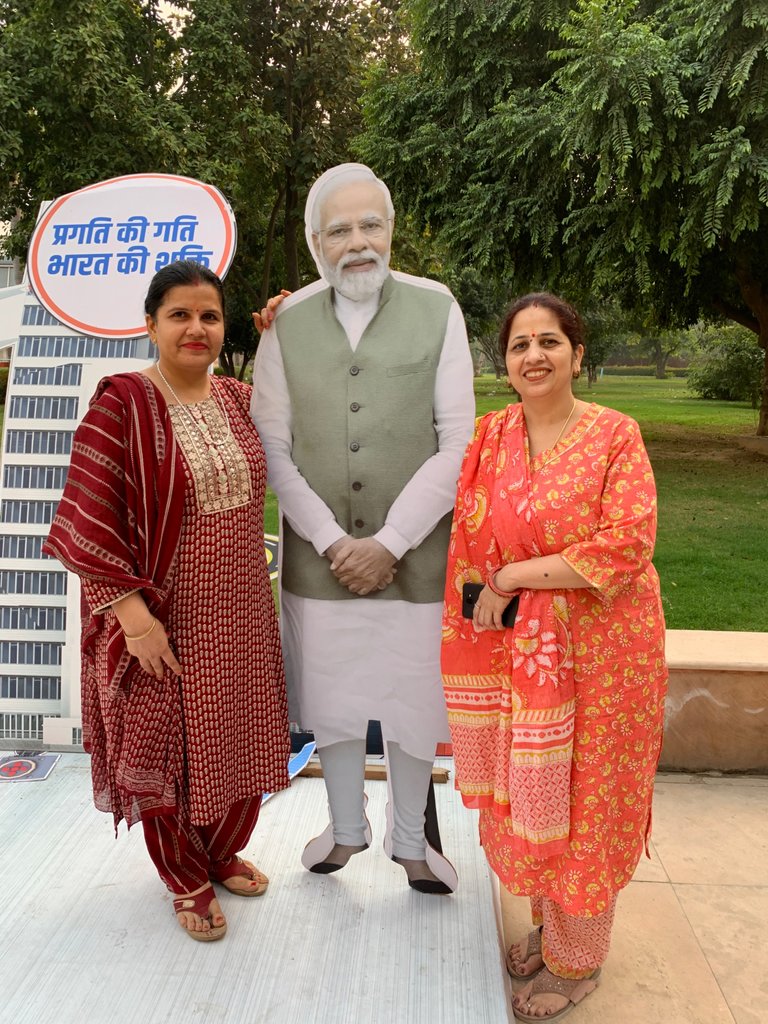
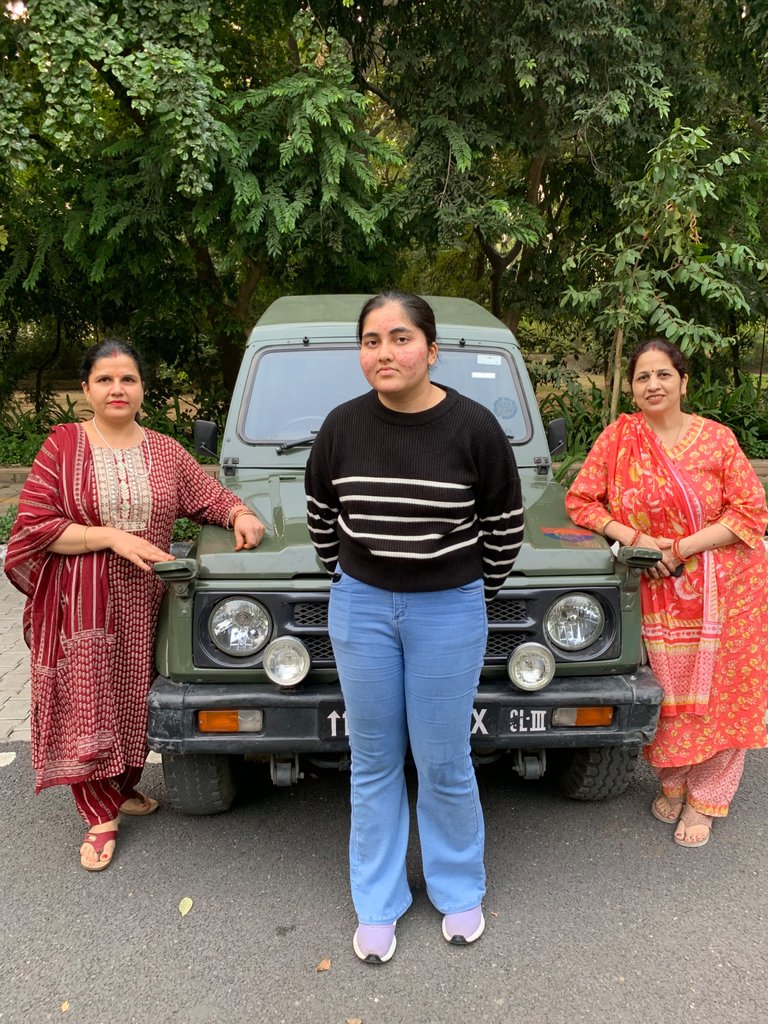
Leaving the museum, we returned home with a sense of fulfillment and newfound knowledge. Our visit to the Pradhanmantri Sangrahalaya was an unforgettable experience, allowing us to delve into the rich history of our nation. We were grateful for the opportunity to learn and appreciate the contributions of our leaders and the progress India has made.
Device used for photography: IPhone XS Max.
This blog is completely original and free of plagiarism. Thank you!
Congratulations, your post has been added to Pinmapple! 🎉🥳🍍
Did you know you have your own profile map?
And every post has their own map too!
Want to have your post on the map too?
Thank you.
Congratulations @riyaverma123! You have completed the following achievement on the Hive blockchain And have been rewarded with New badge(s)
Your next target is to reach 3750 upvotes.
You can view your badges on your board and compare yourself to others in the Ranking
If you no longer want to receive notifications, reply to this comment with the word
STOPThank you.
Why do you have multiple accounts?
https://peakd.com/@sandeepverma/posts
@livinguktaiwan this is not my account, my father operates it.